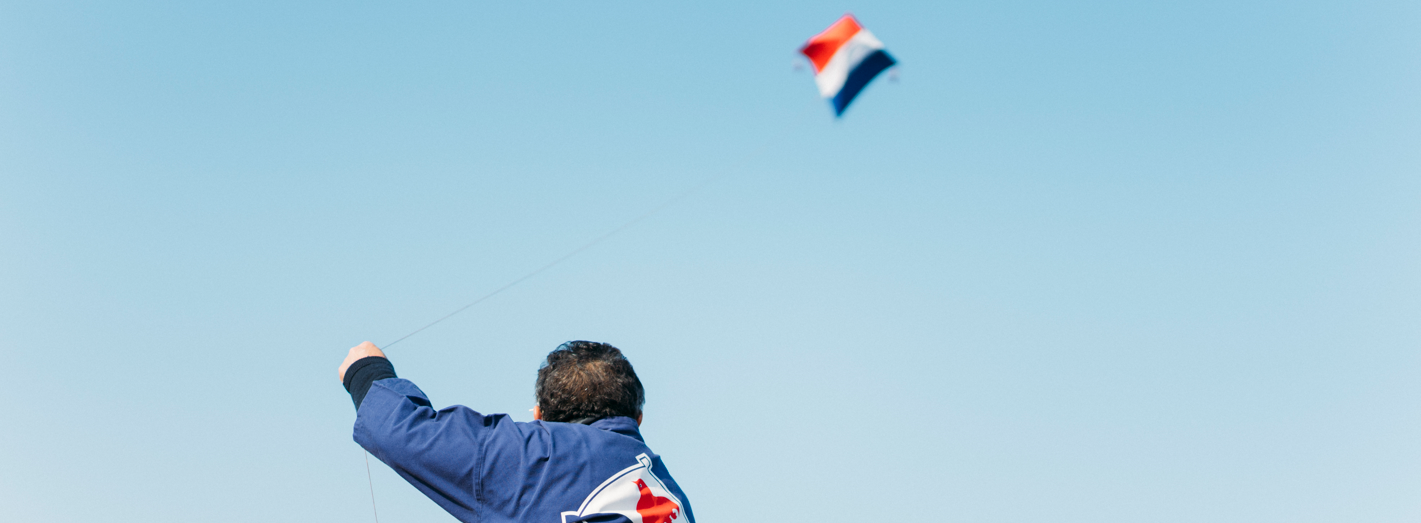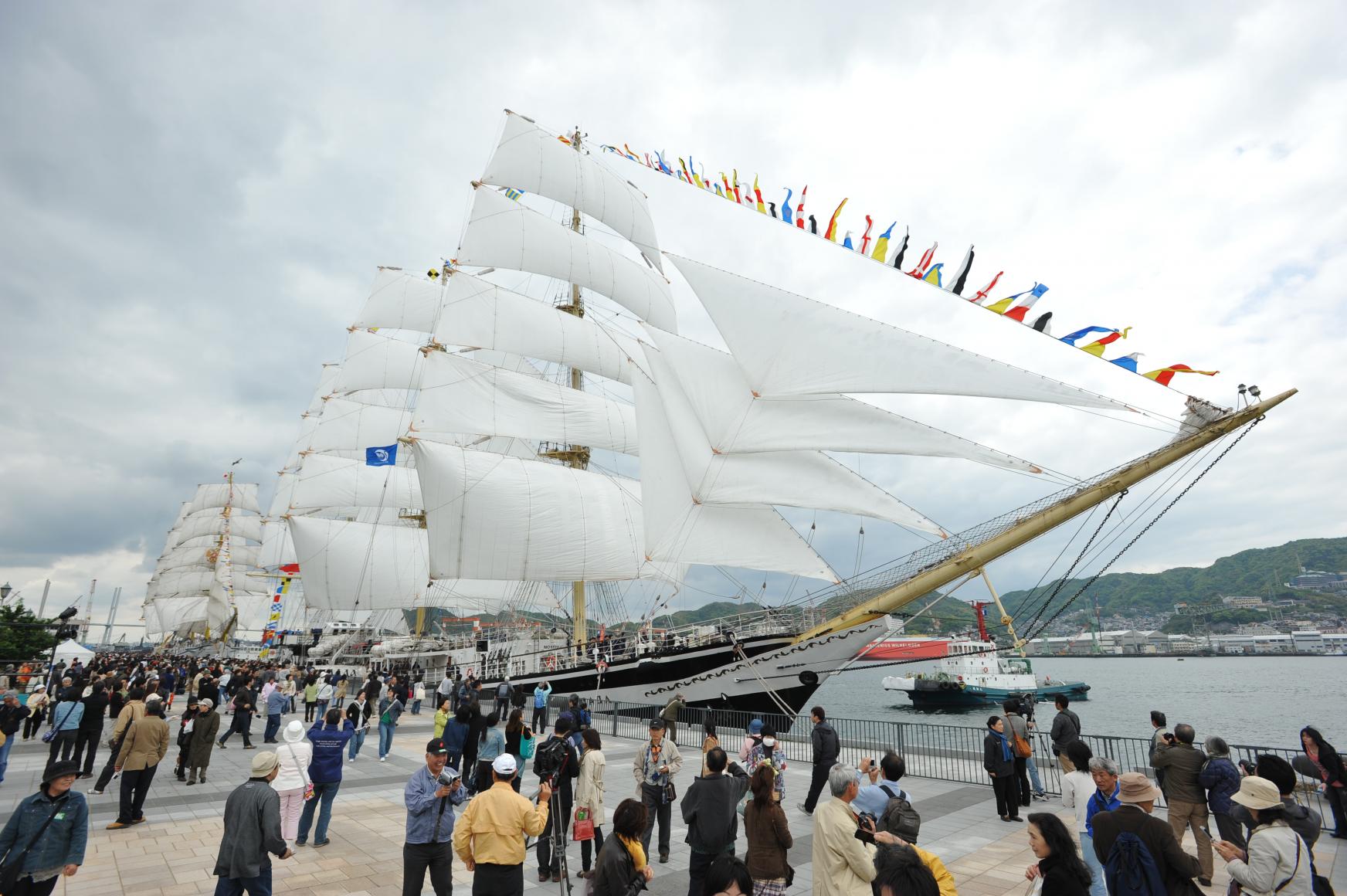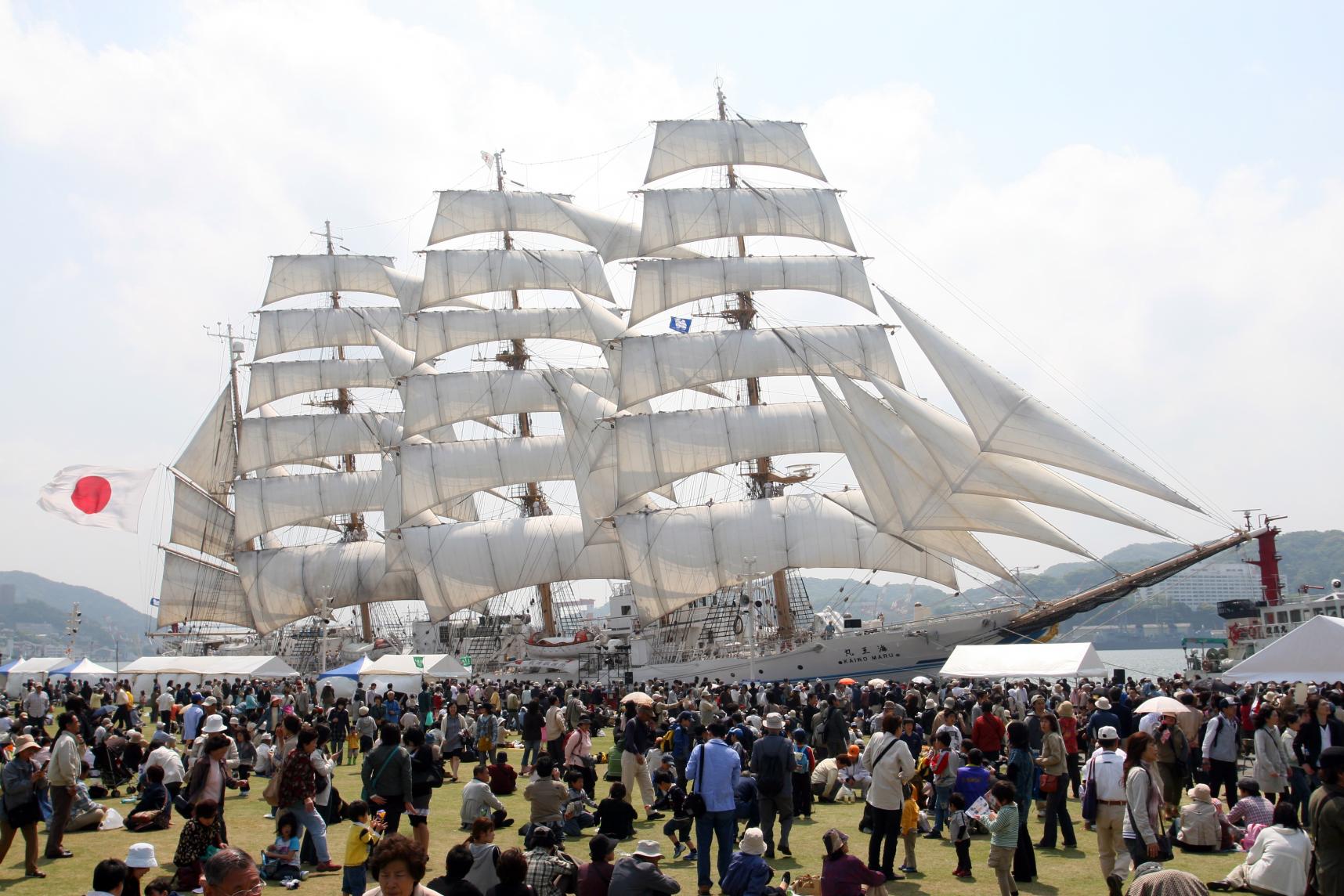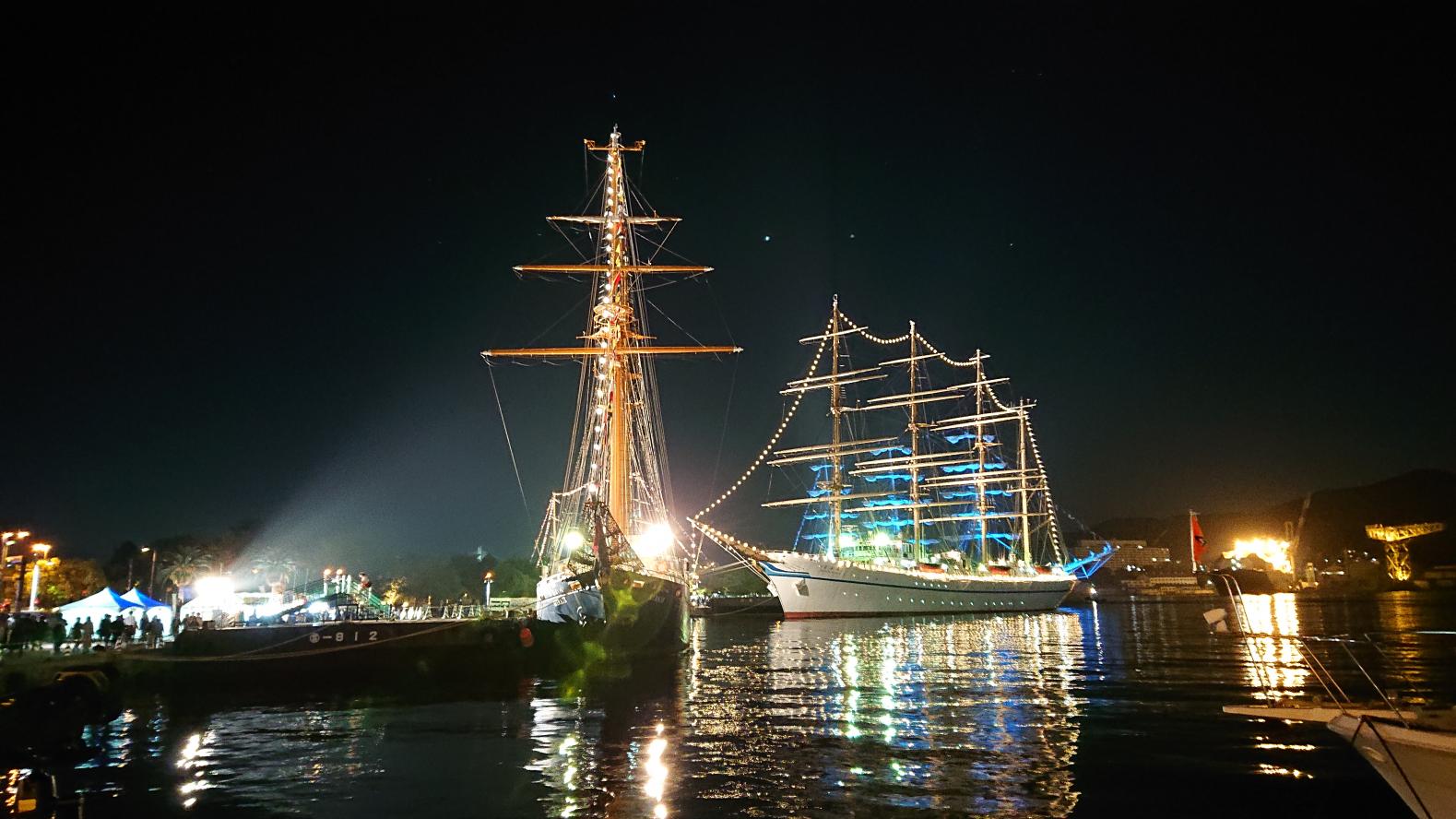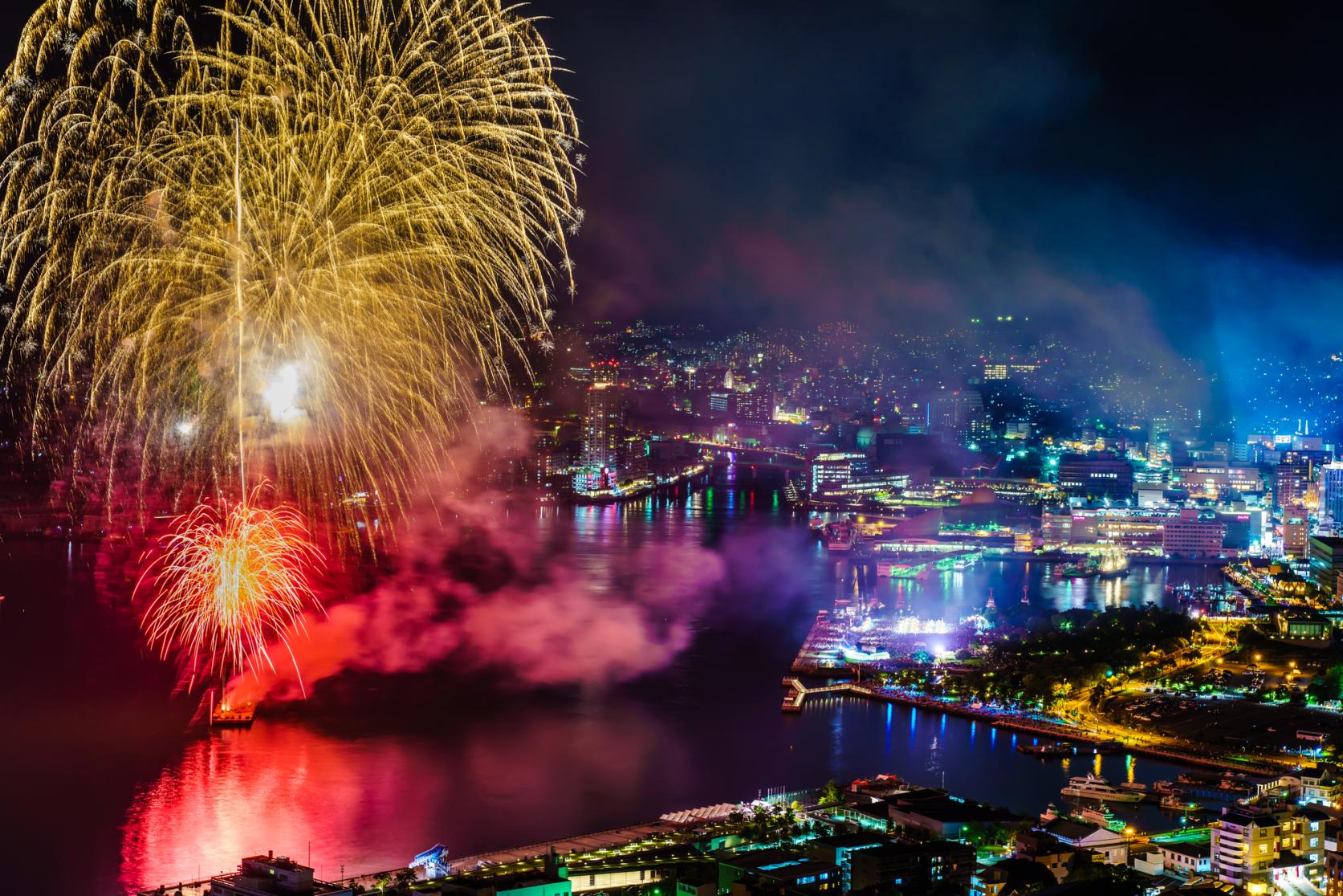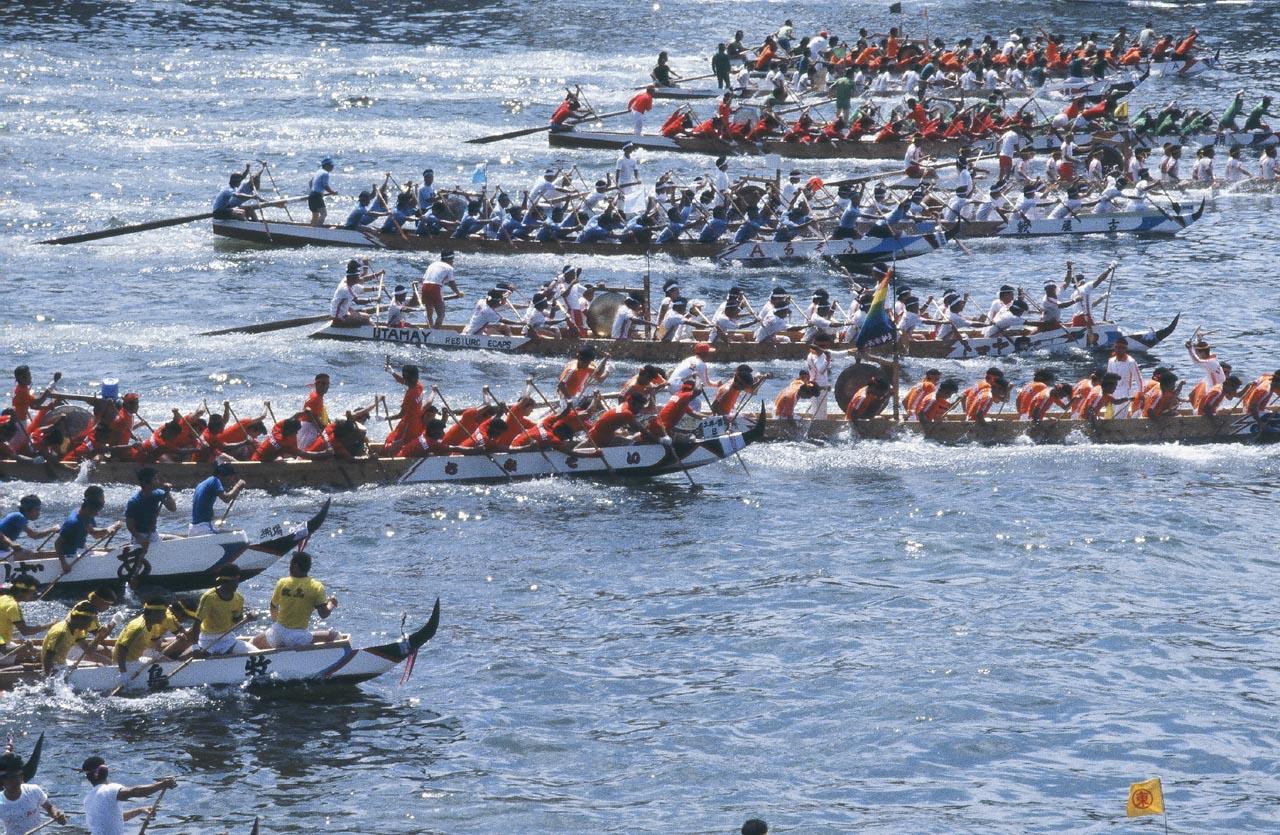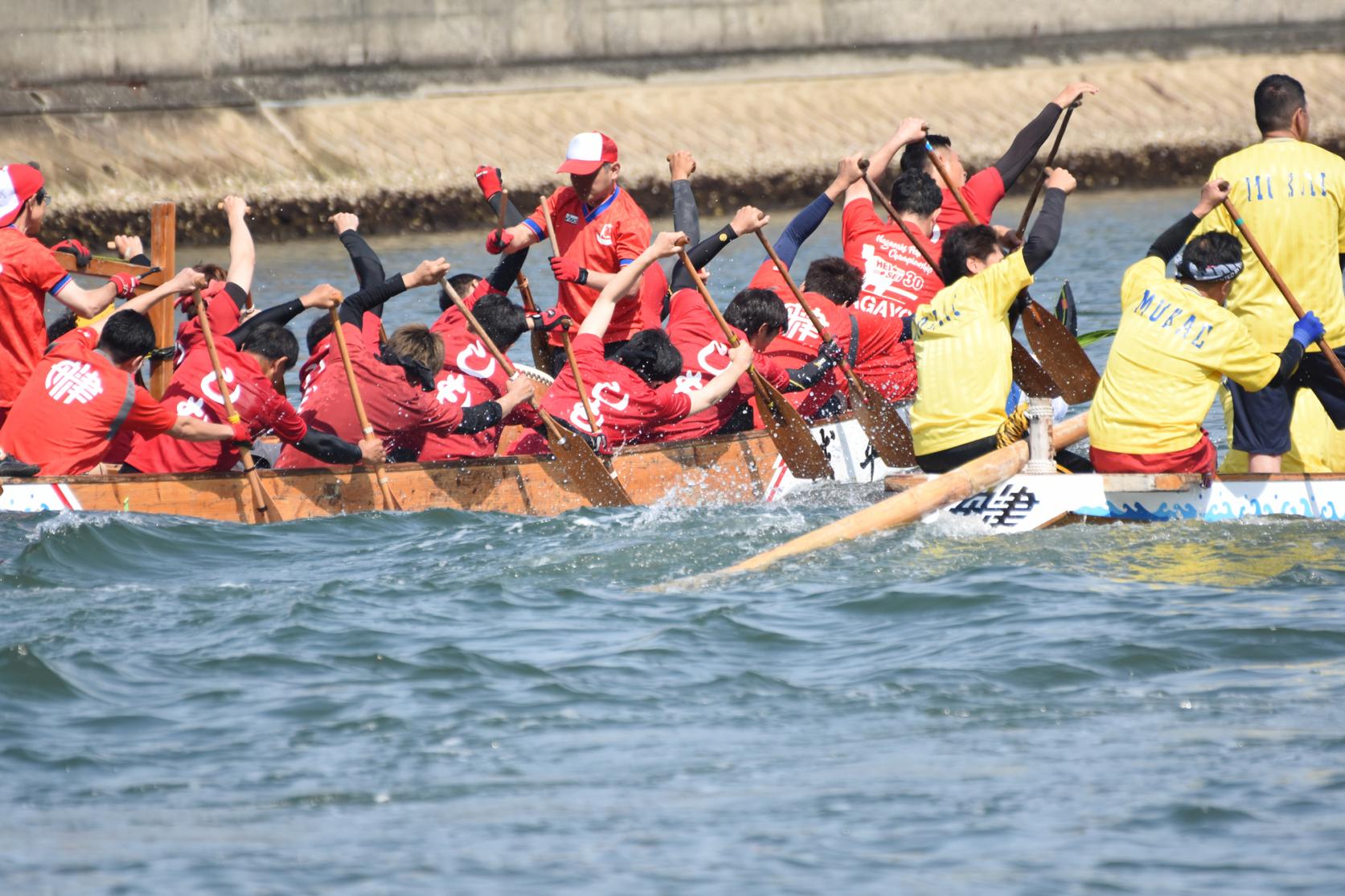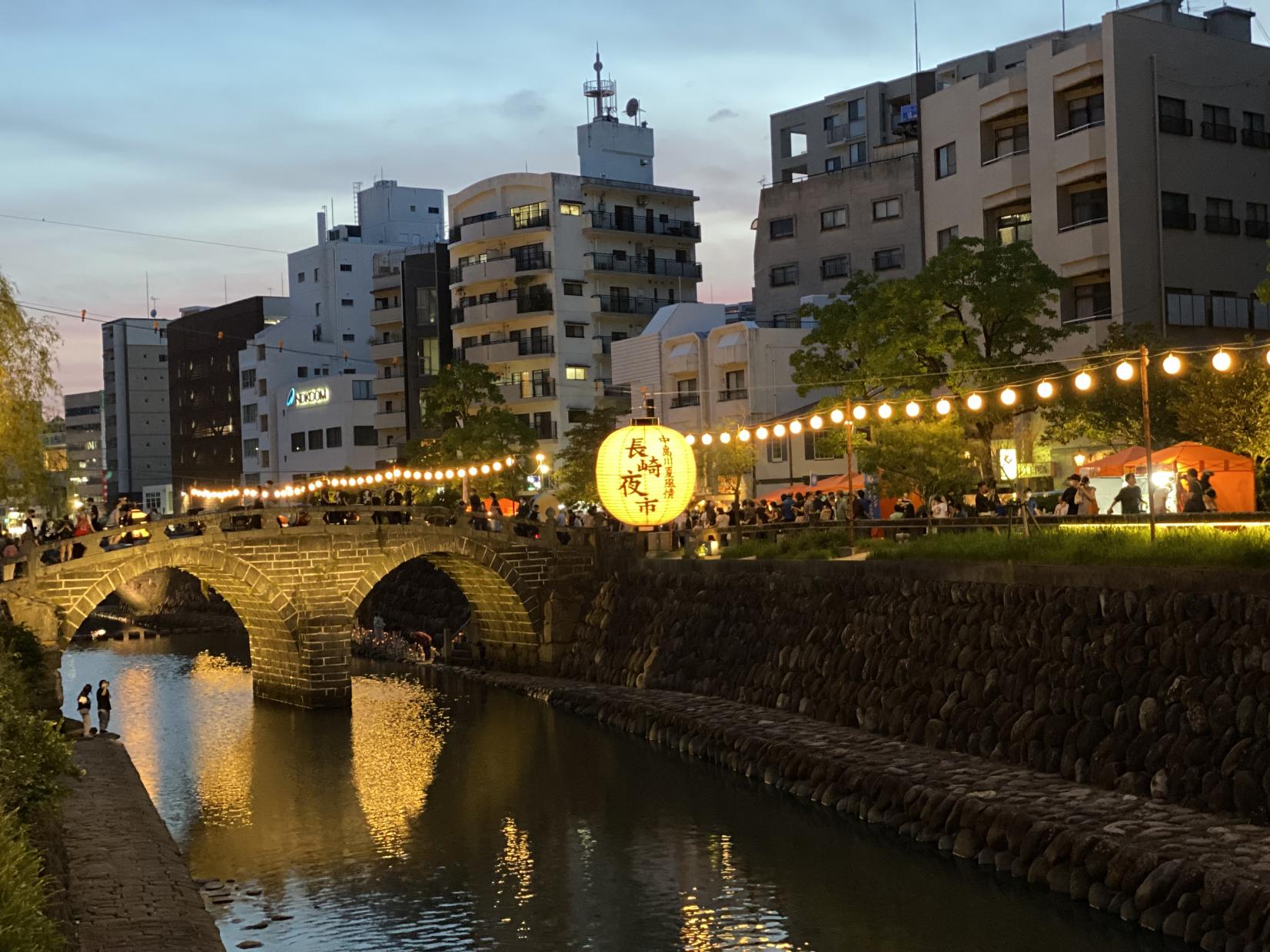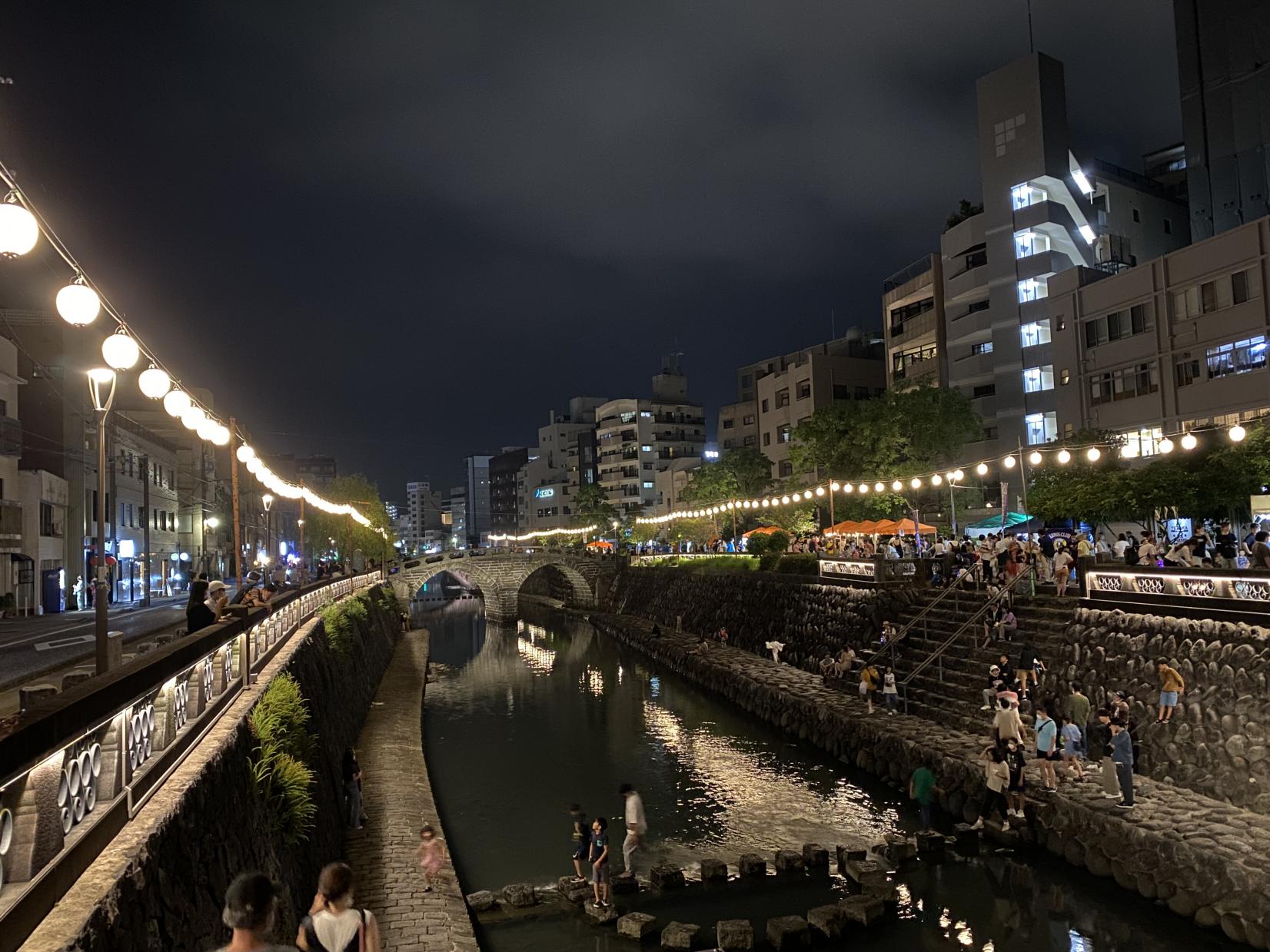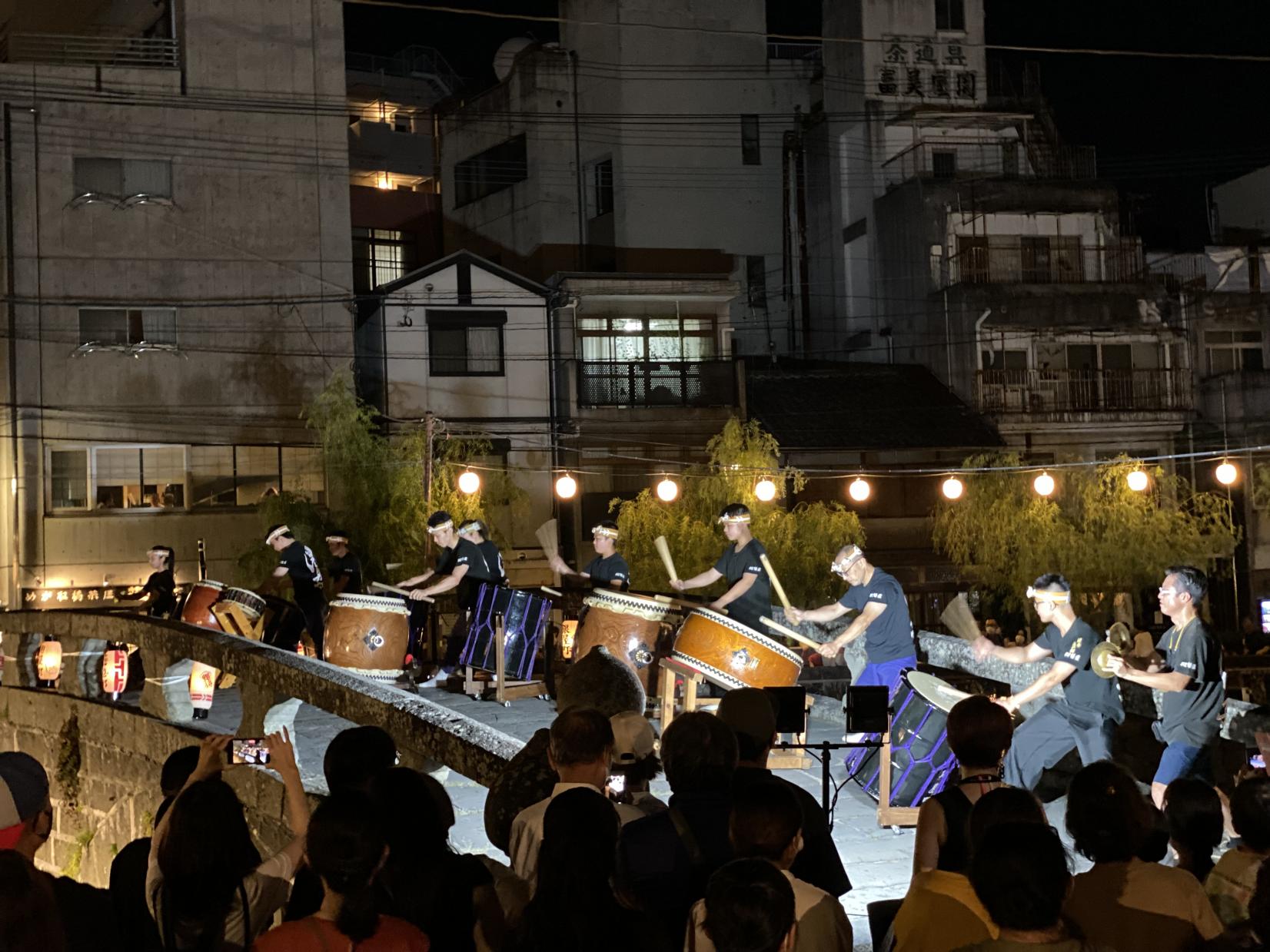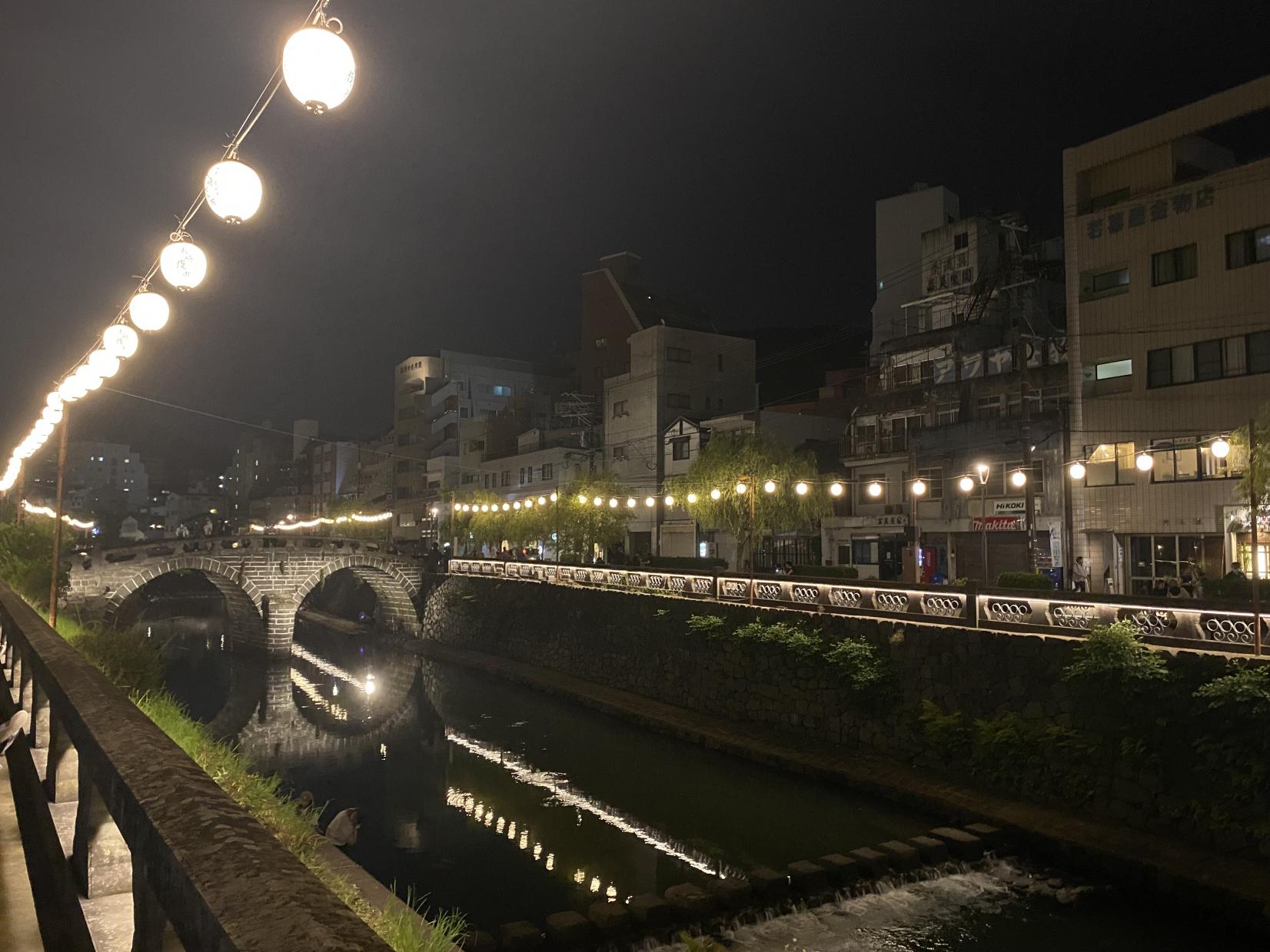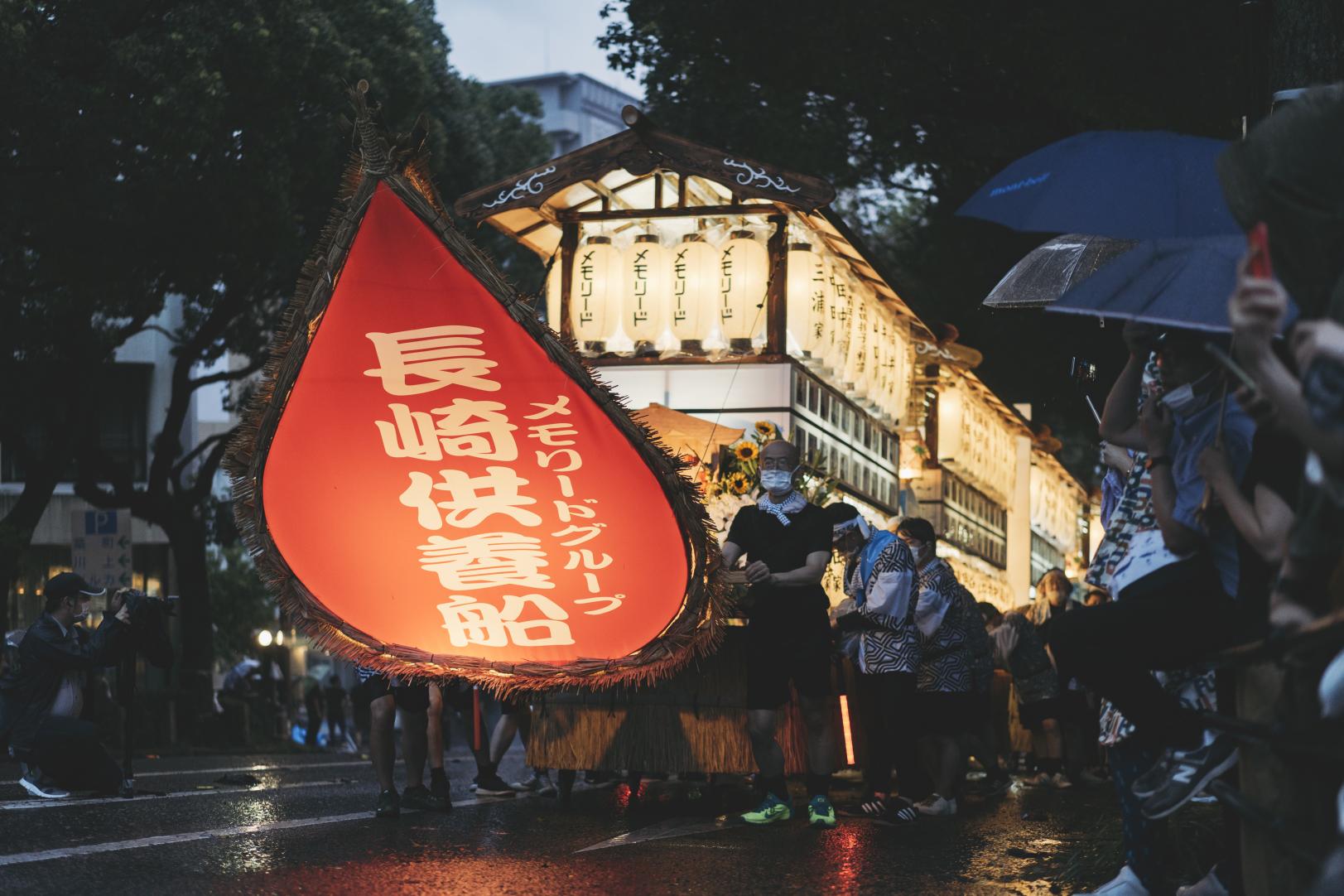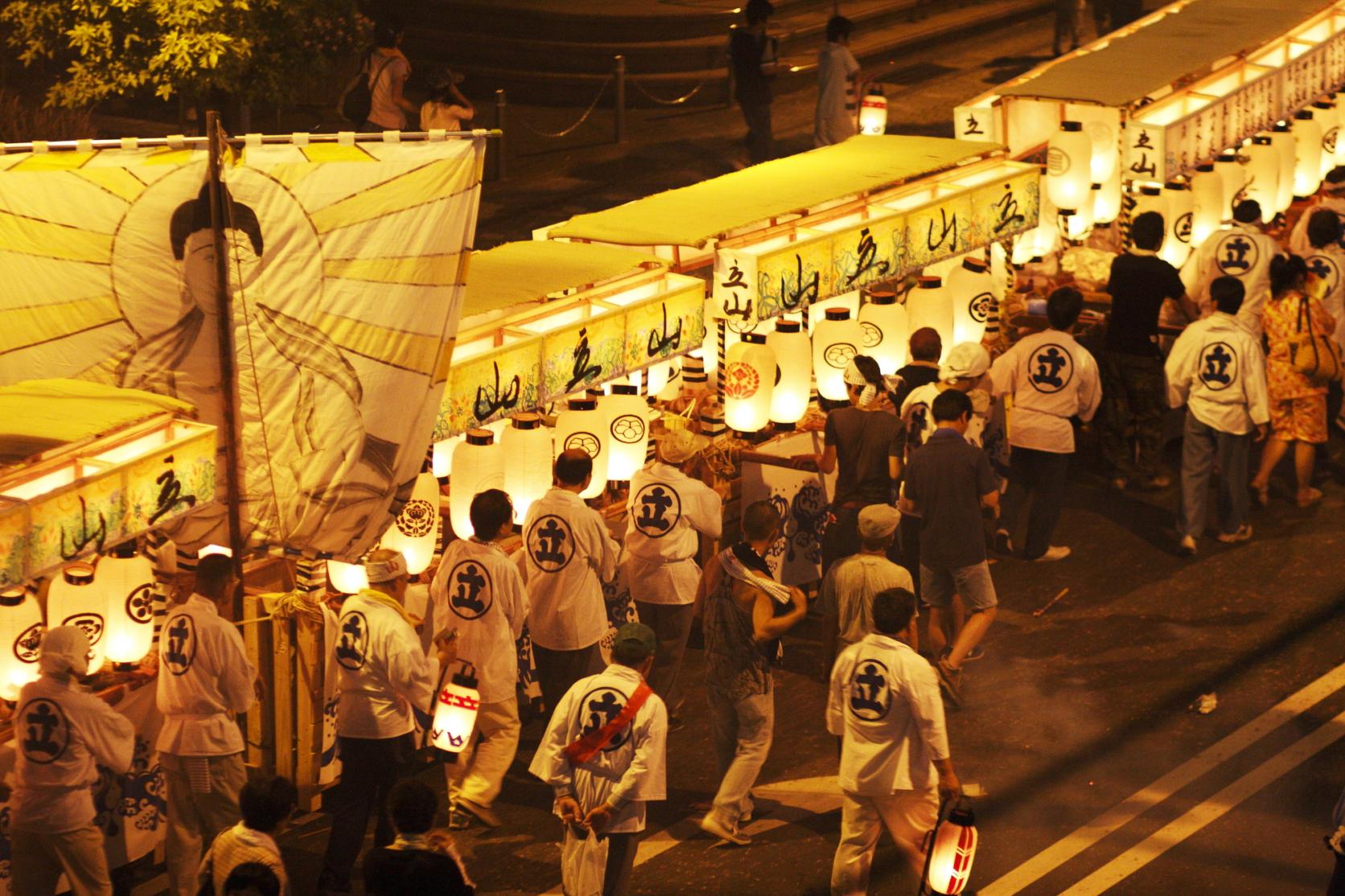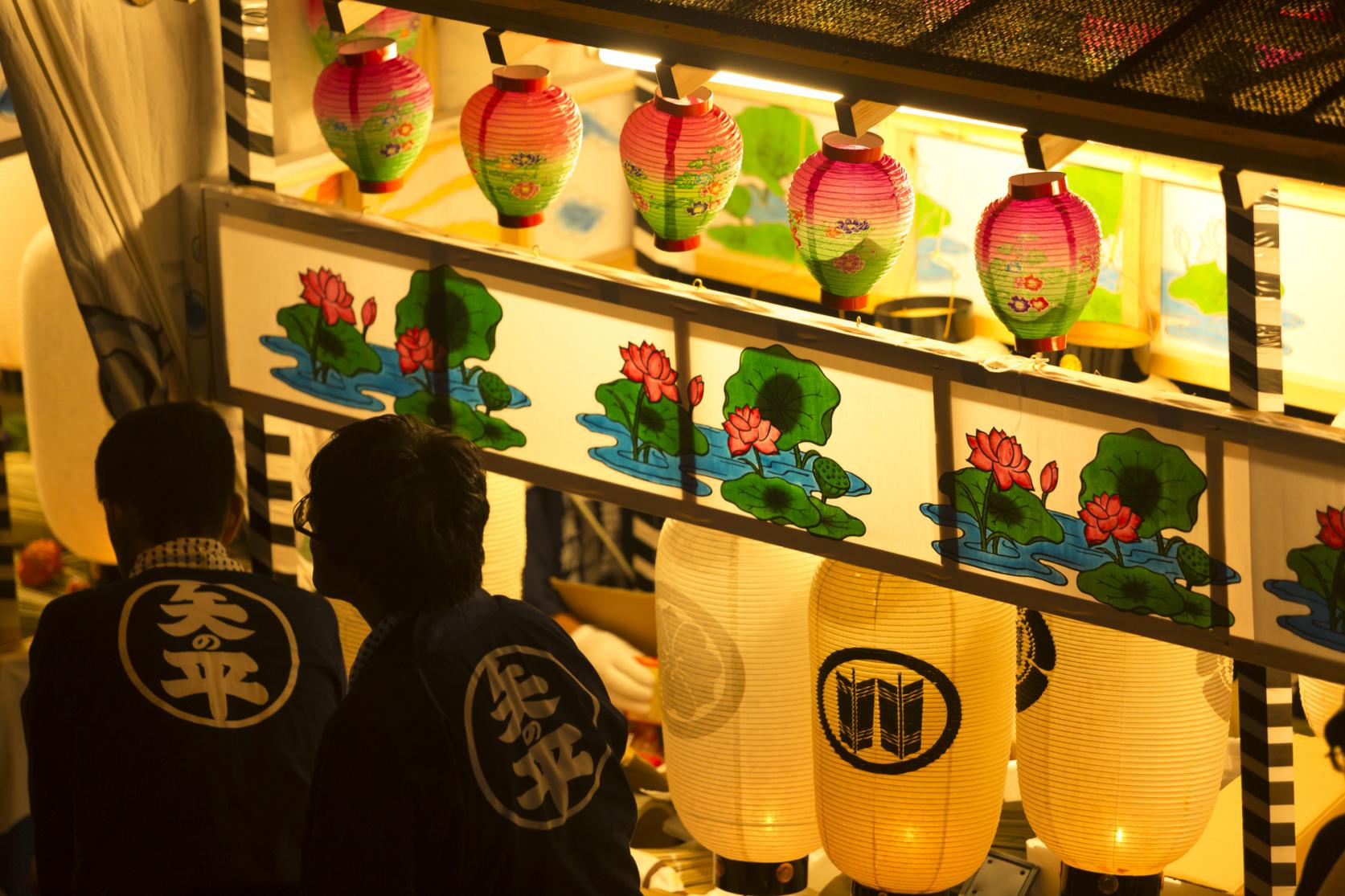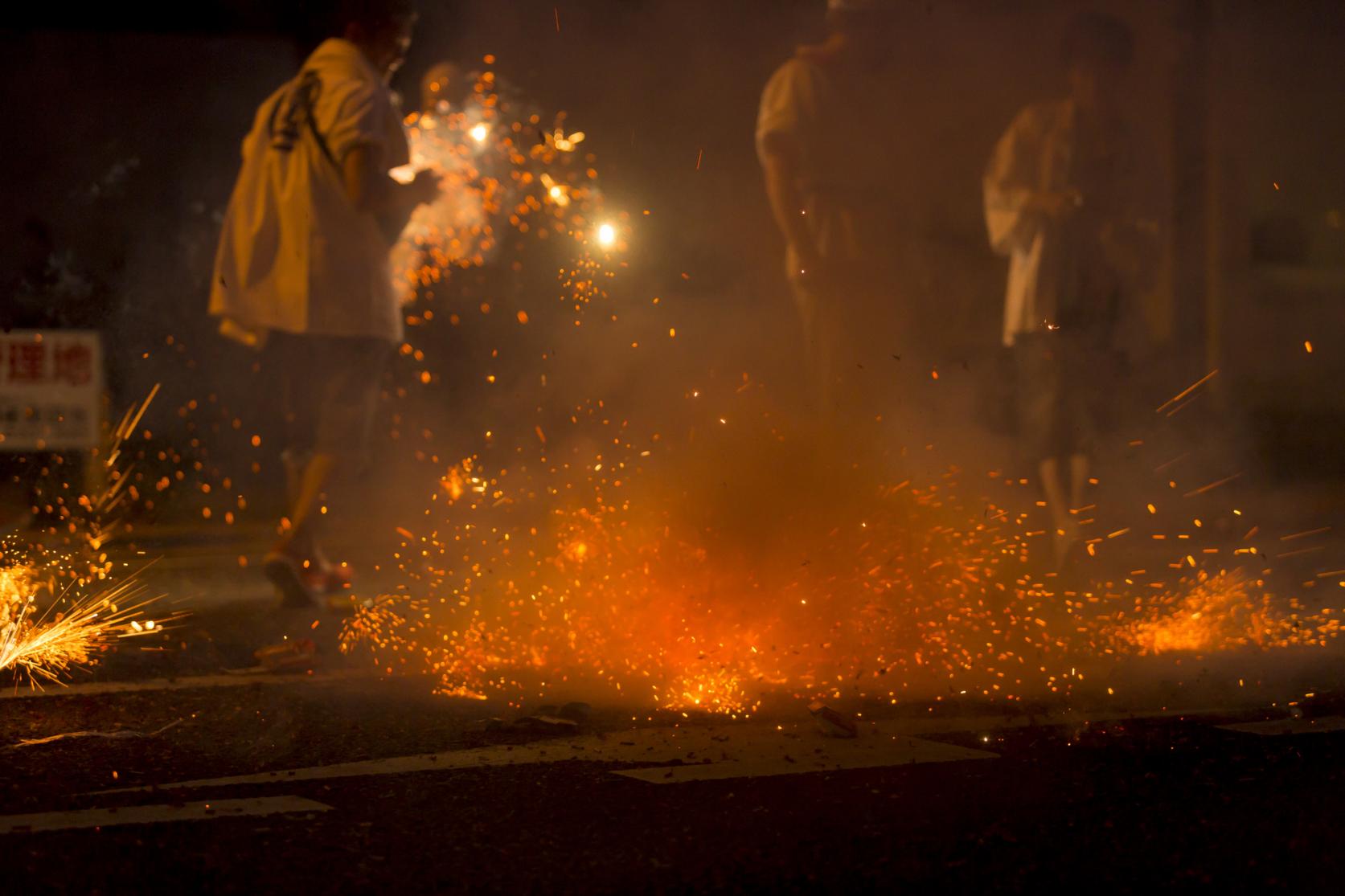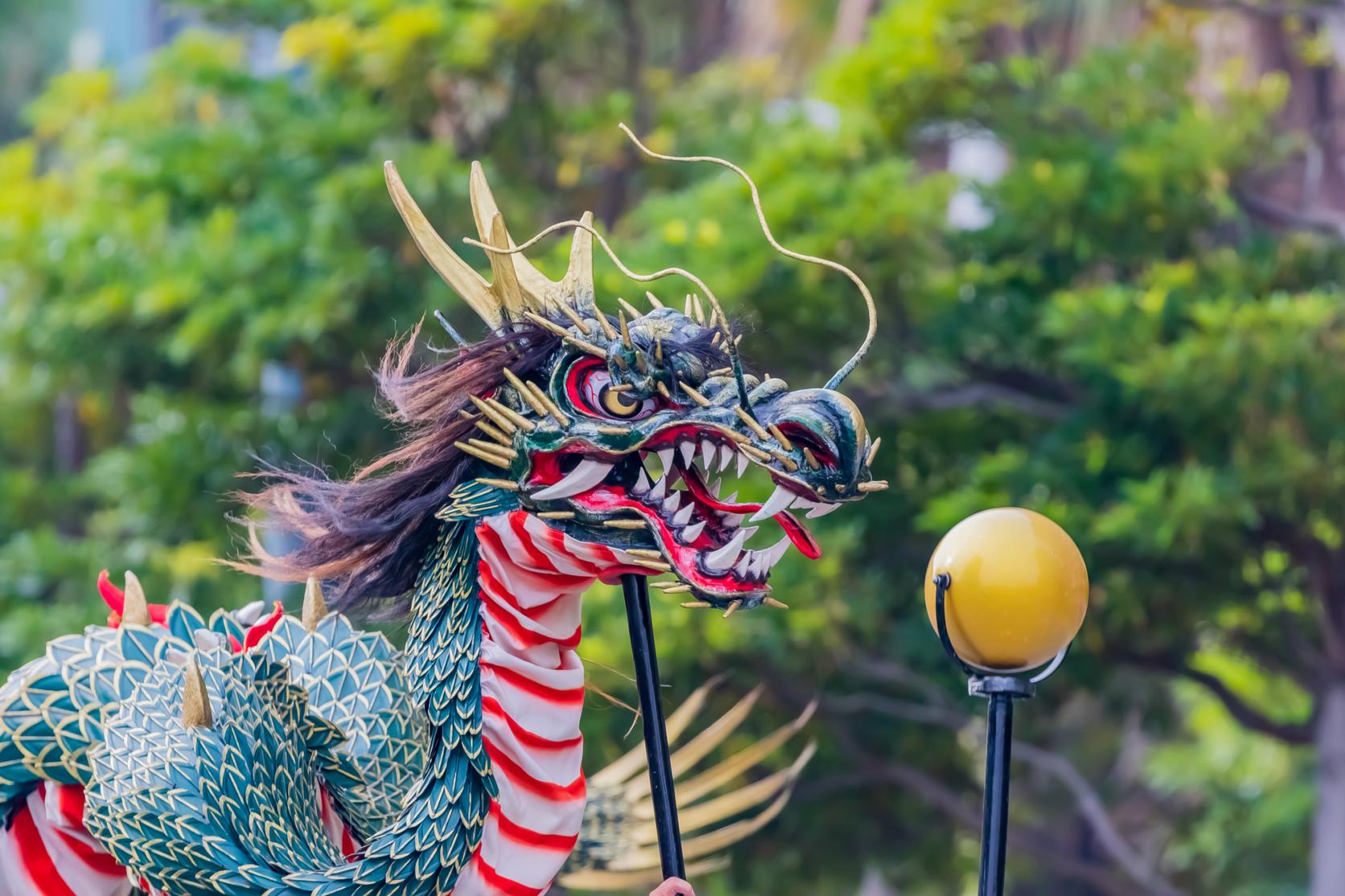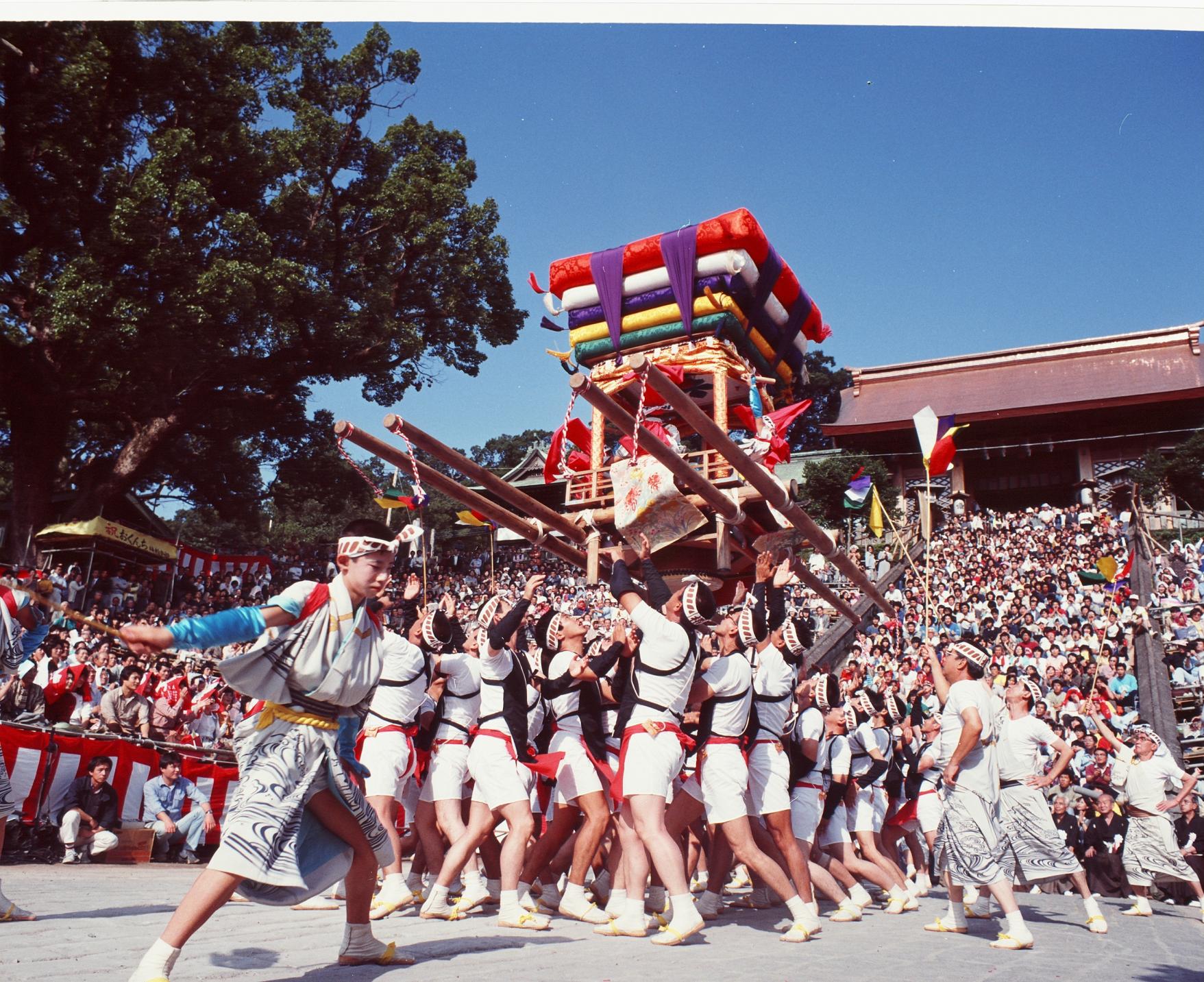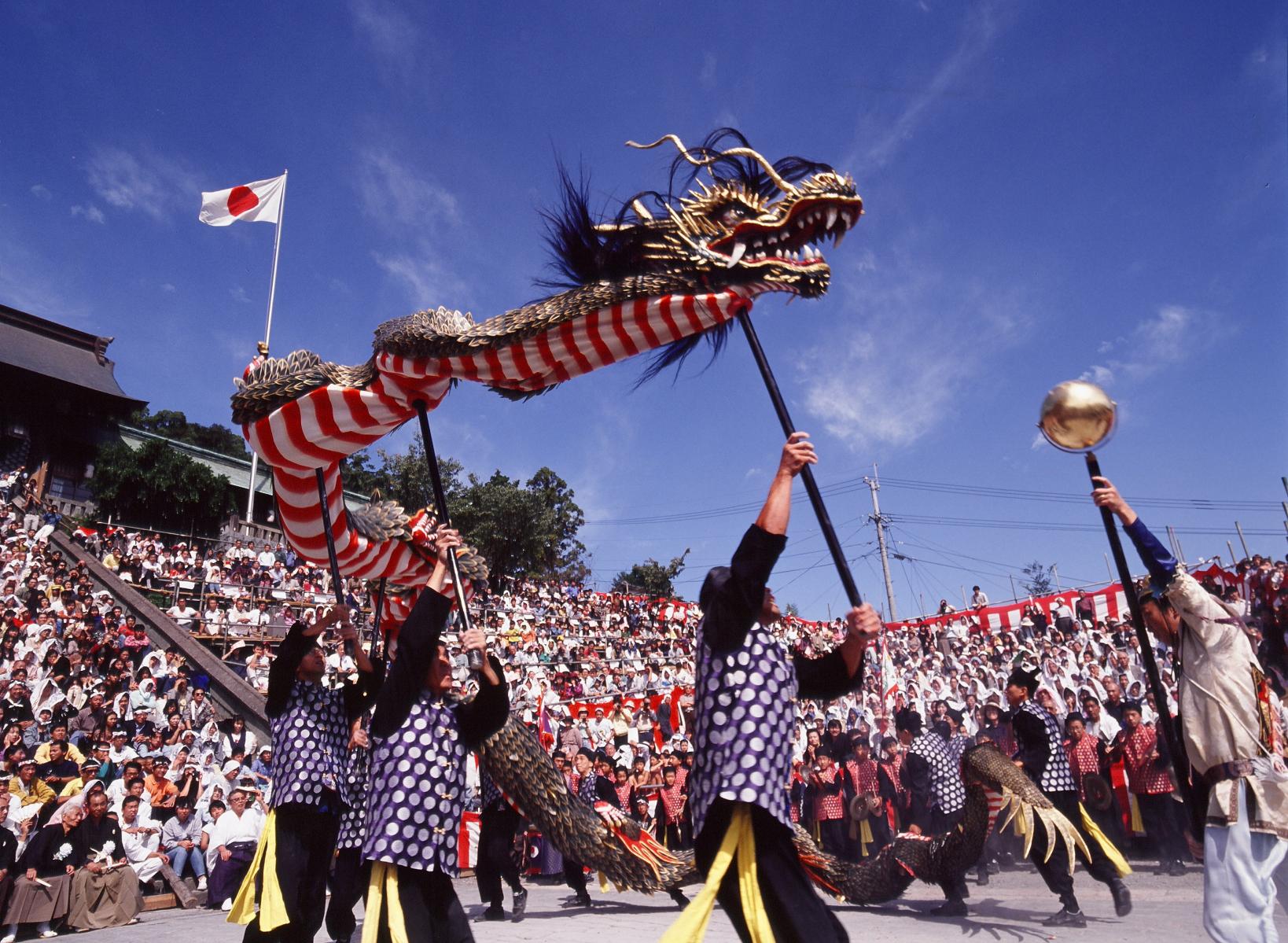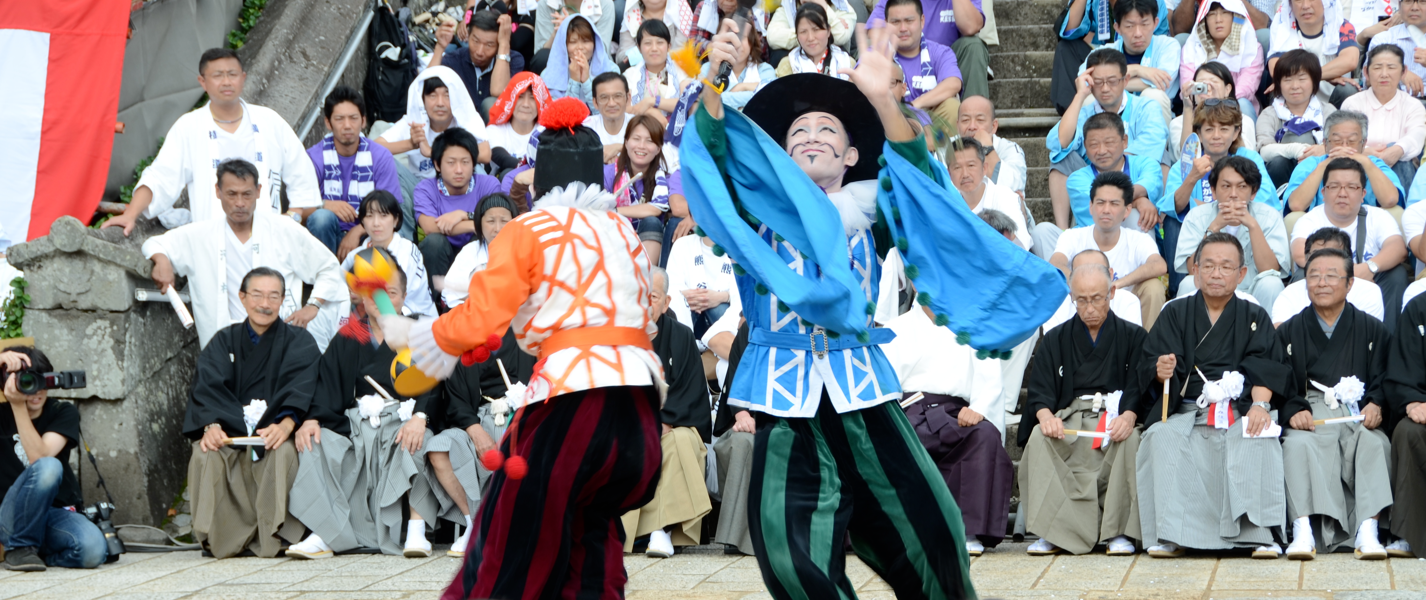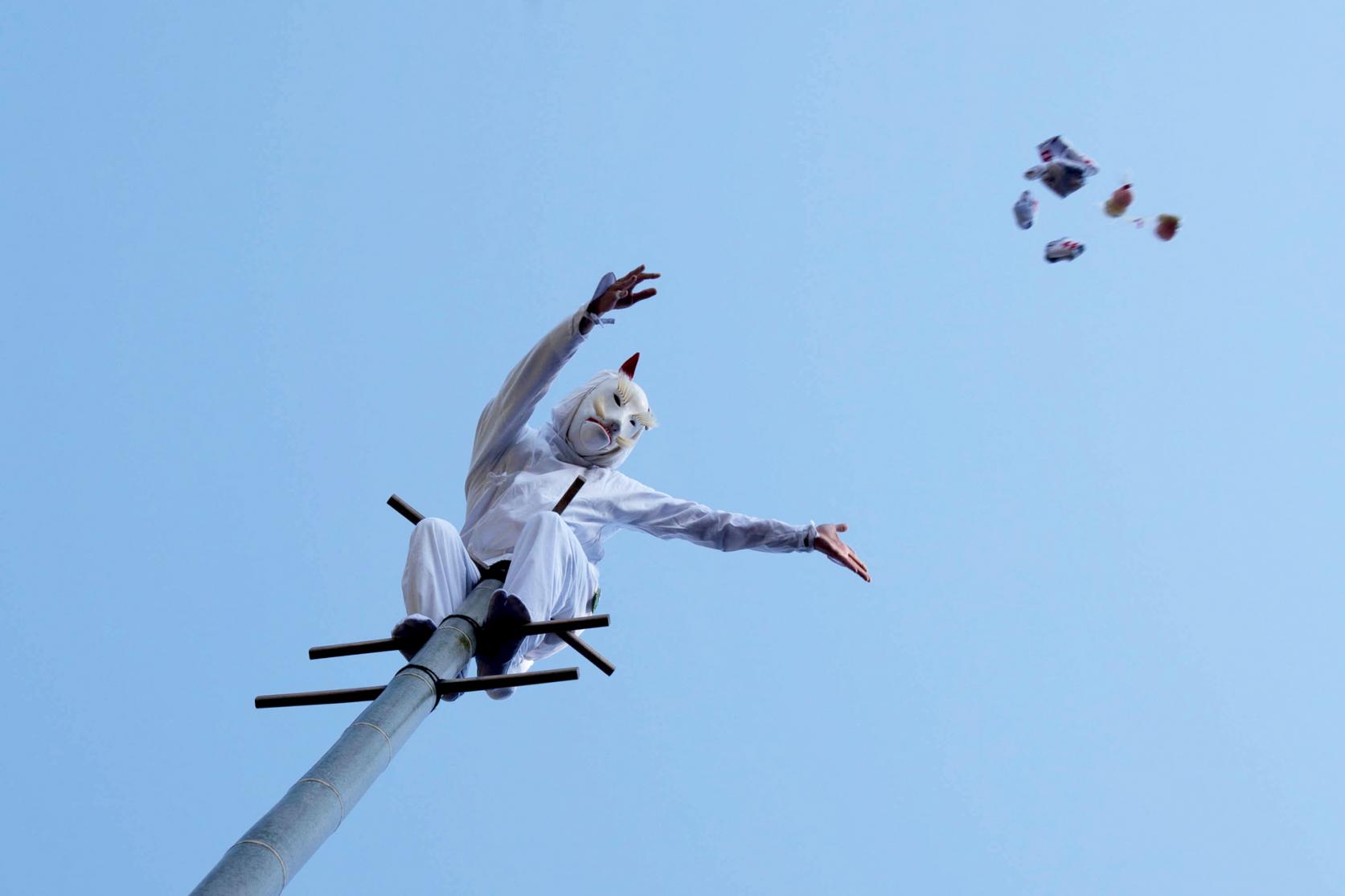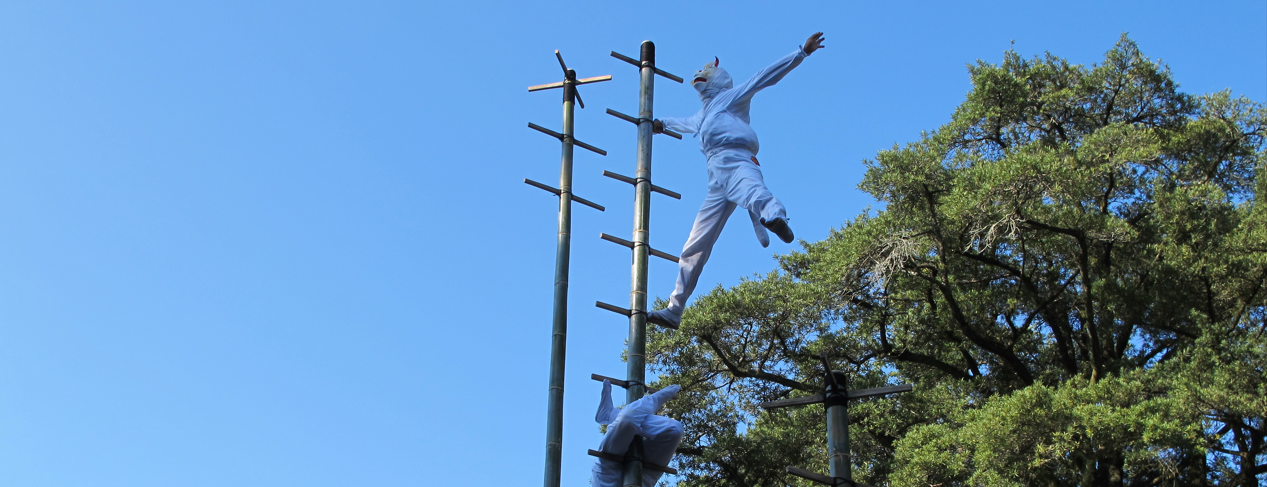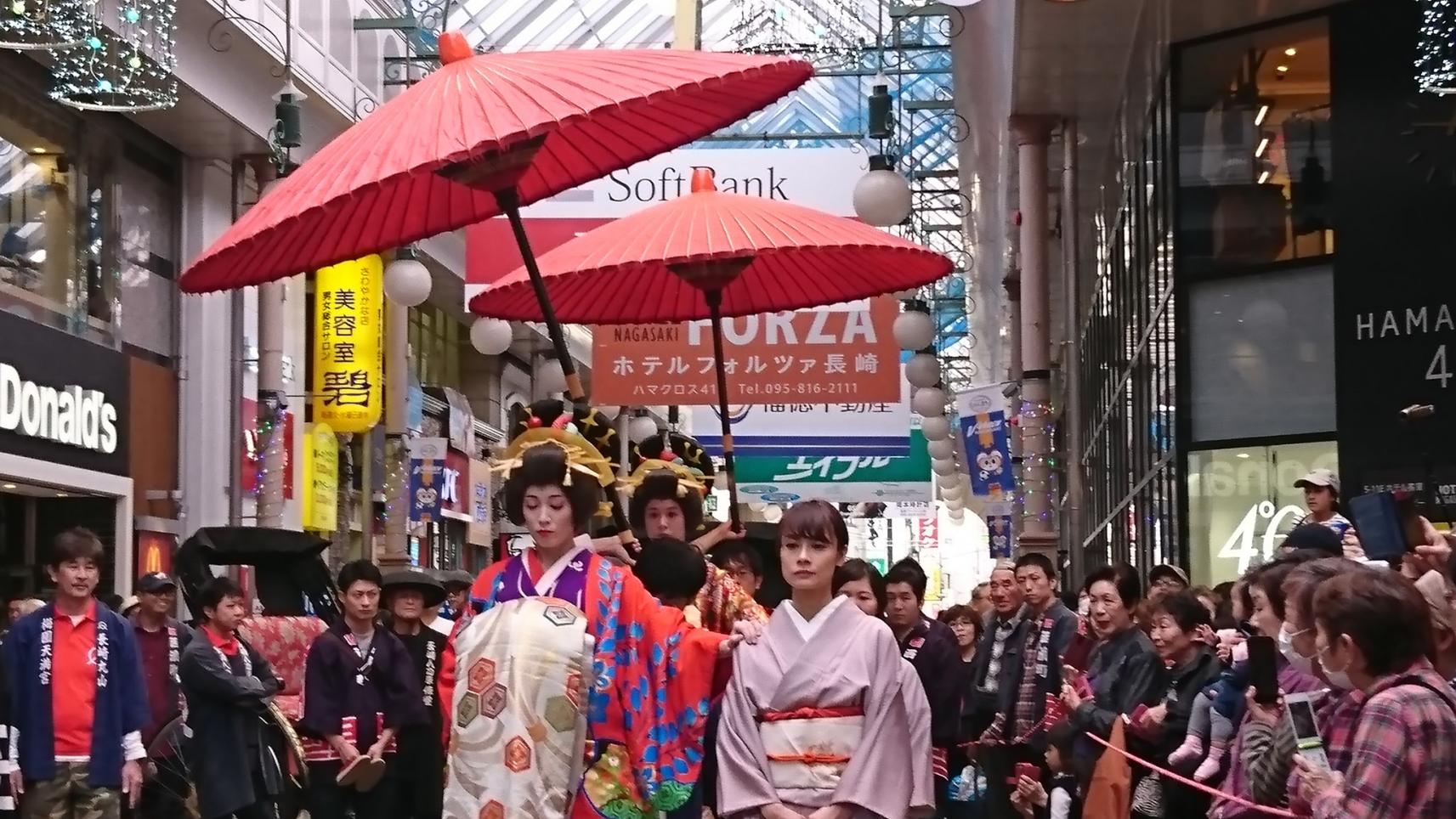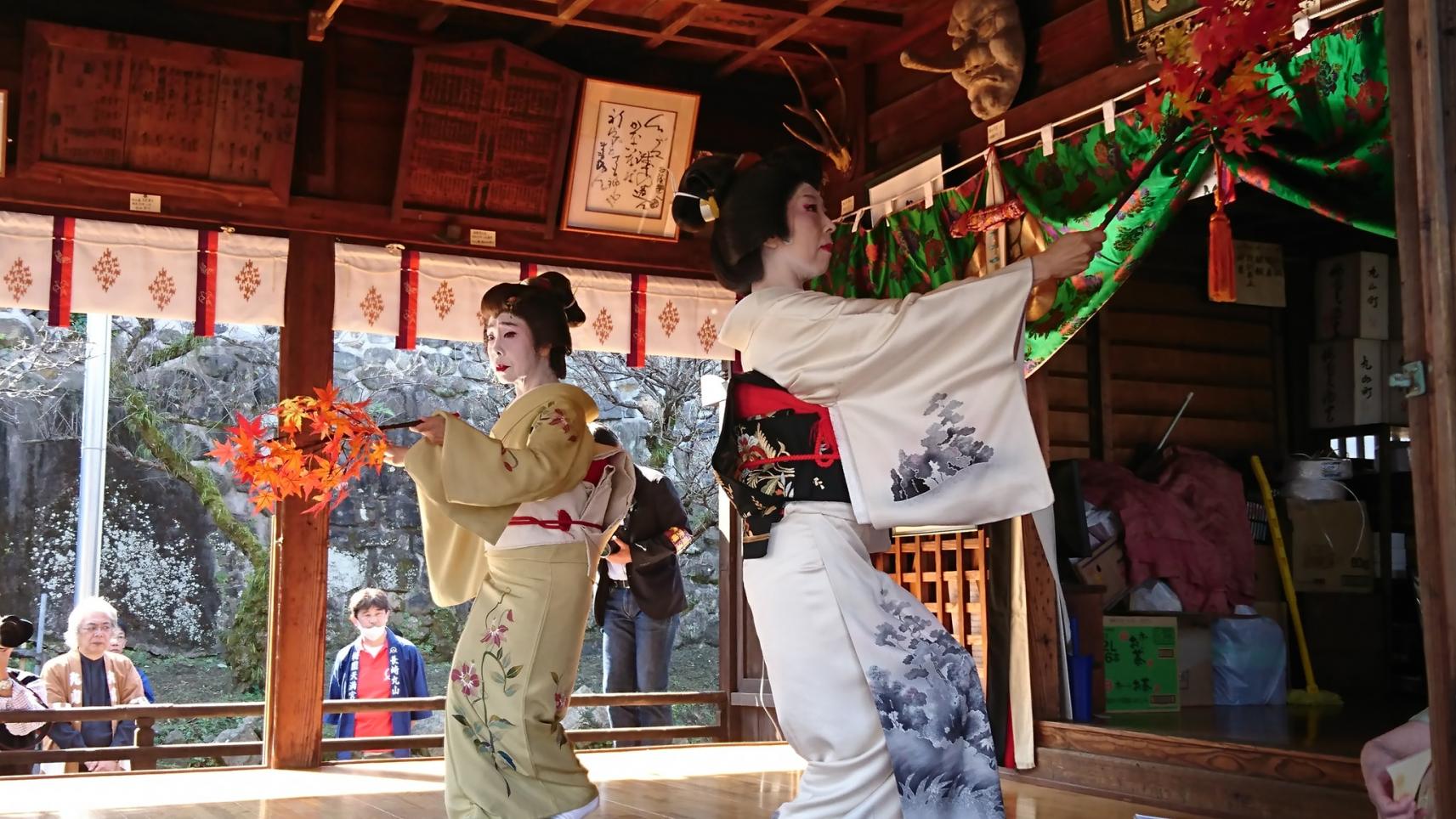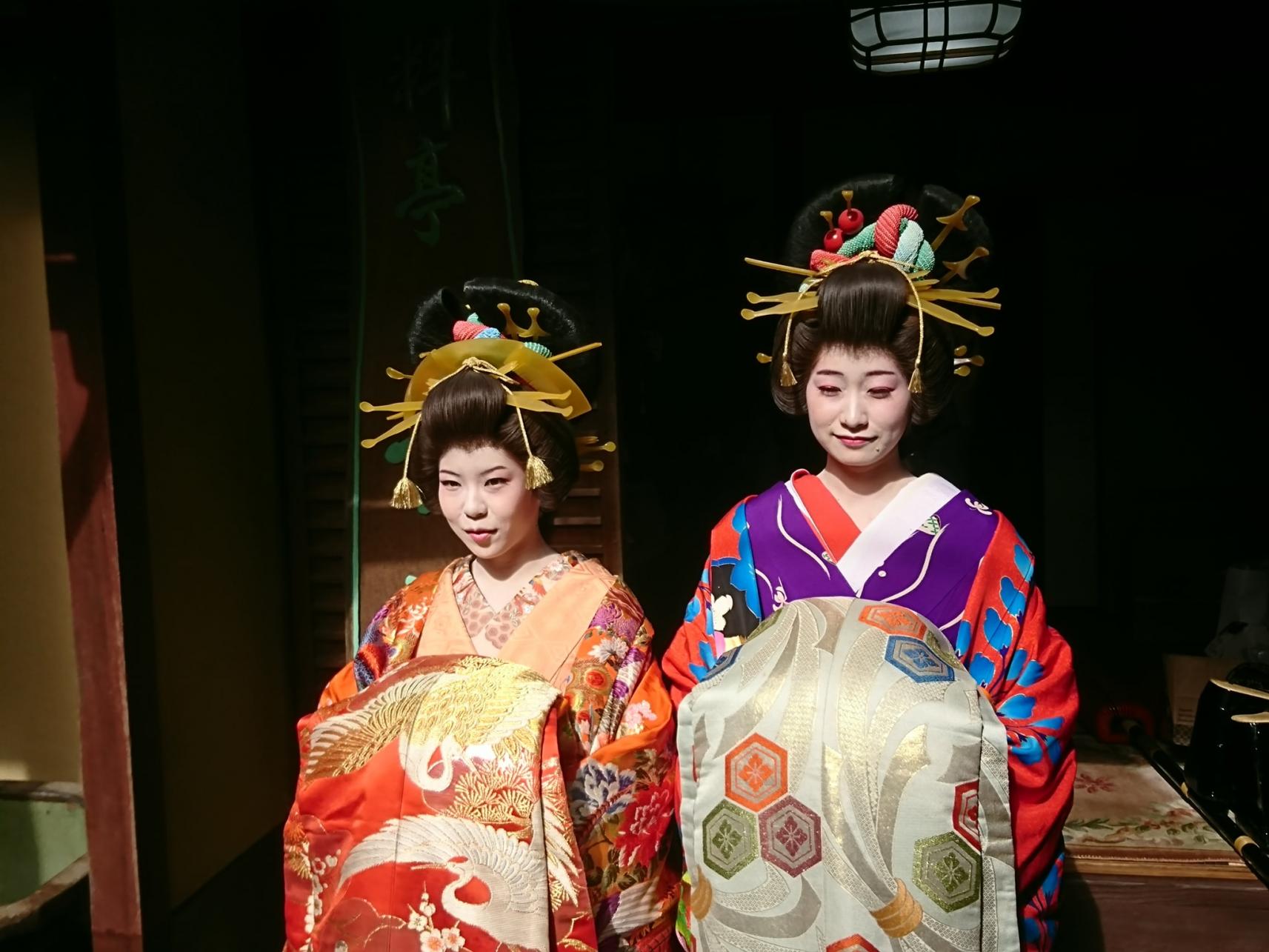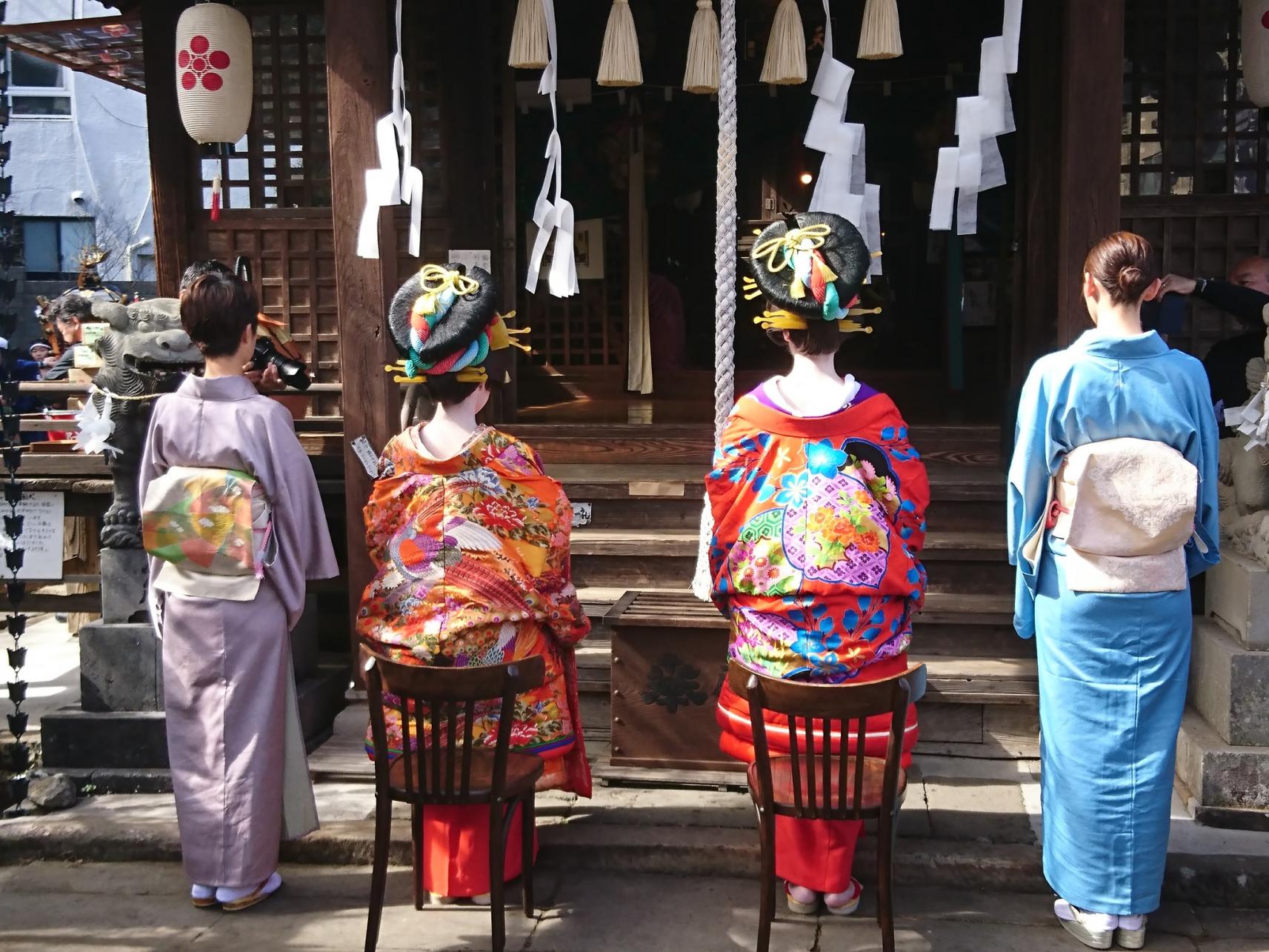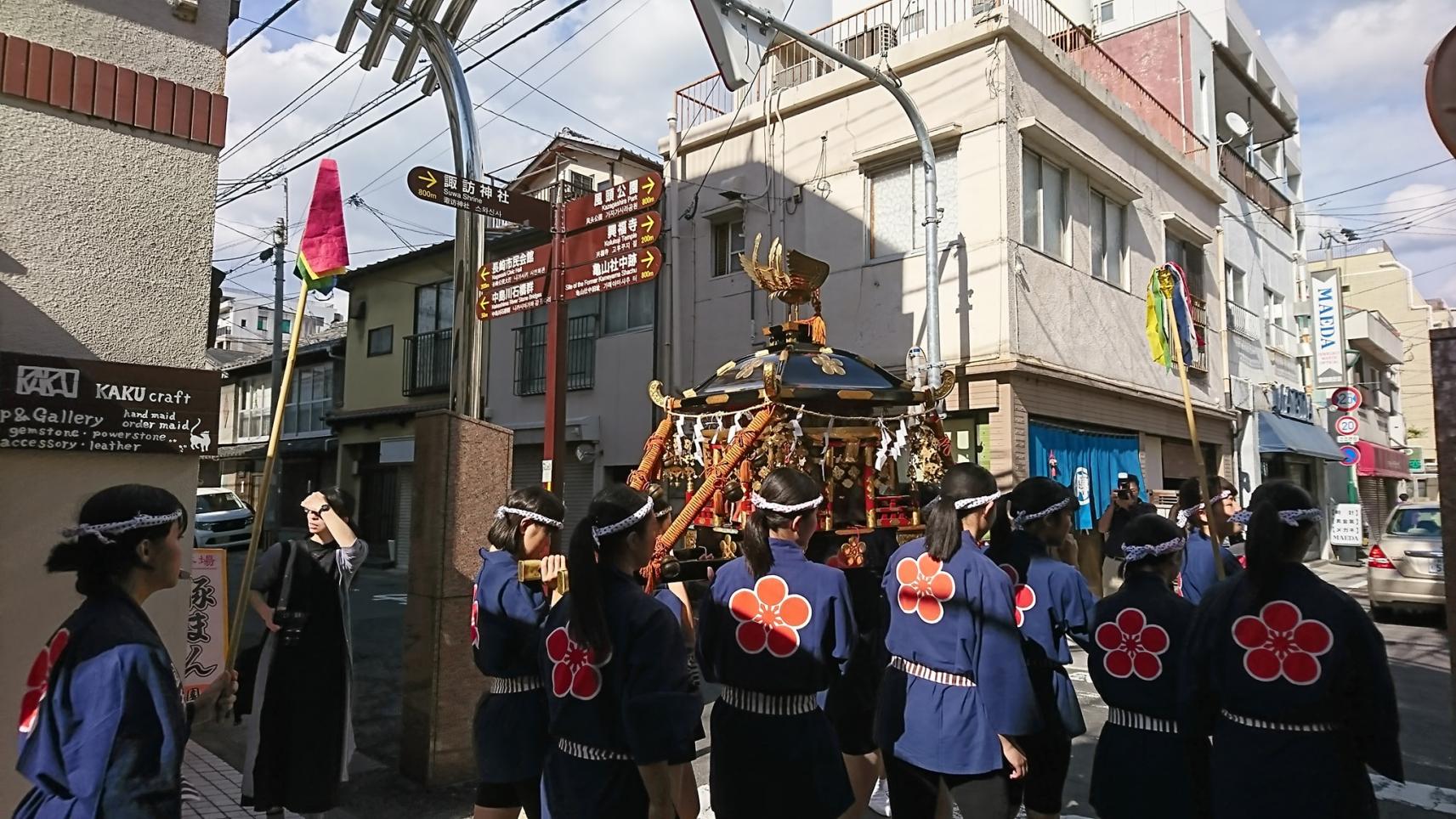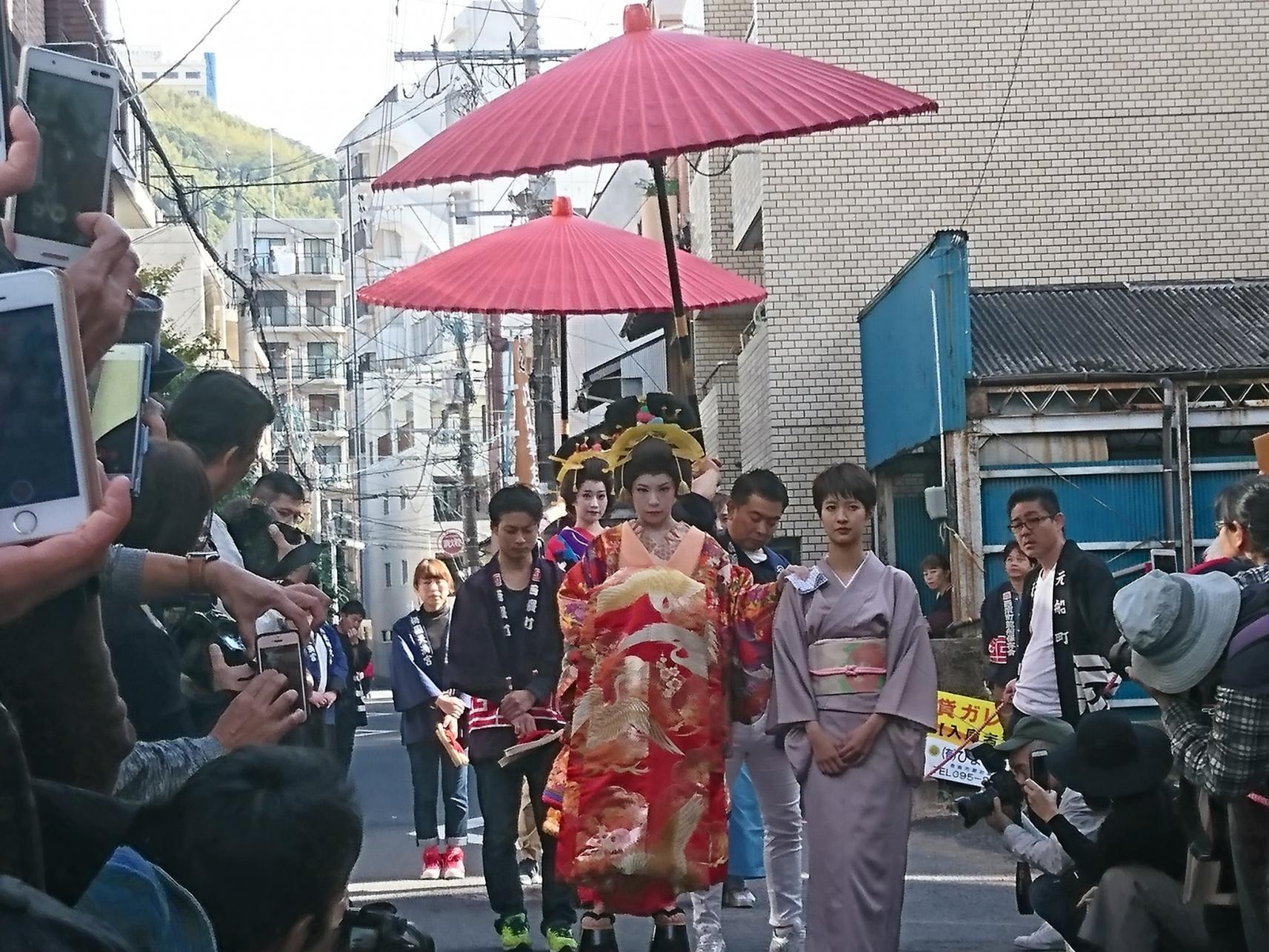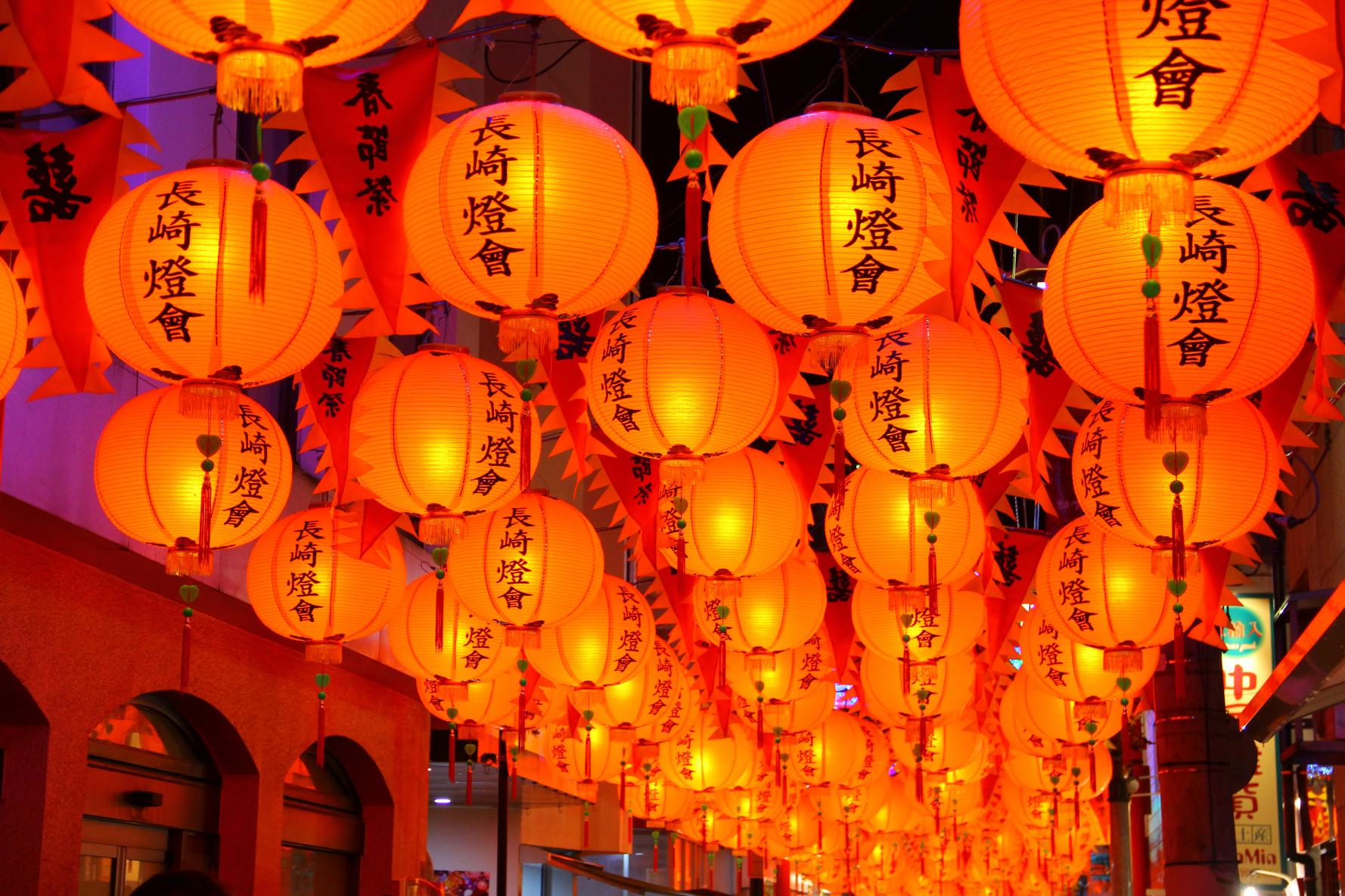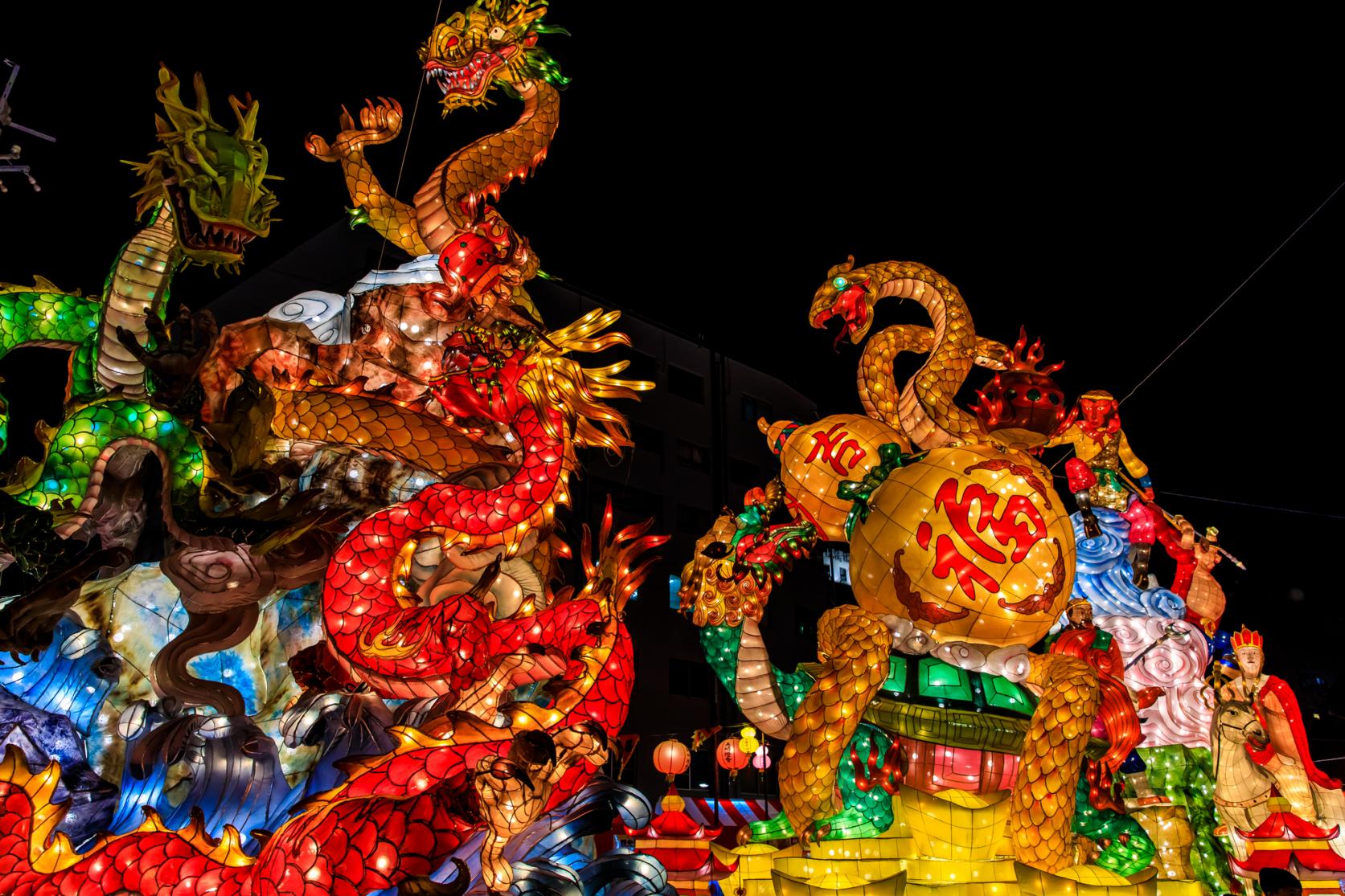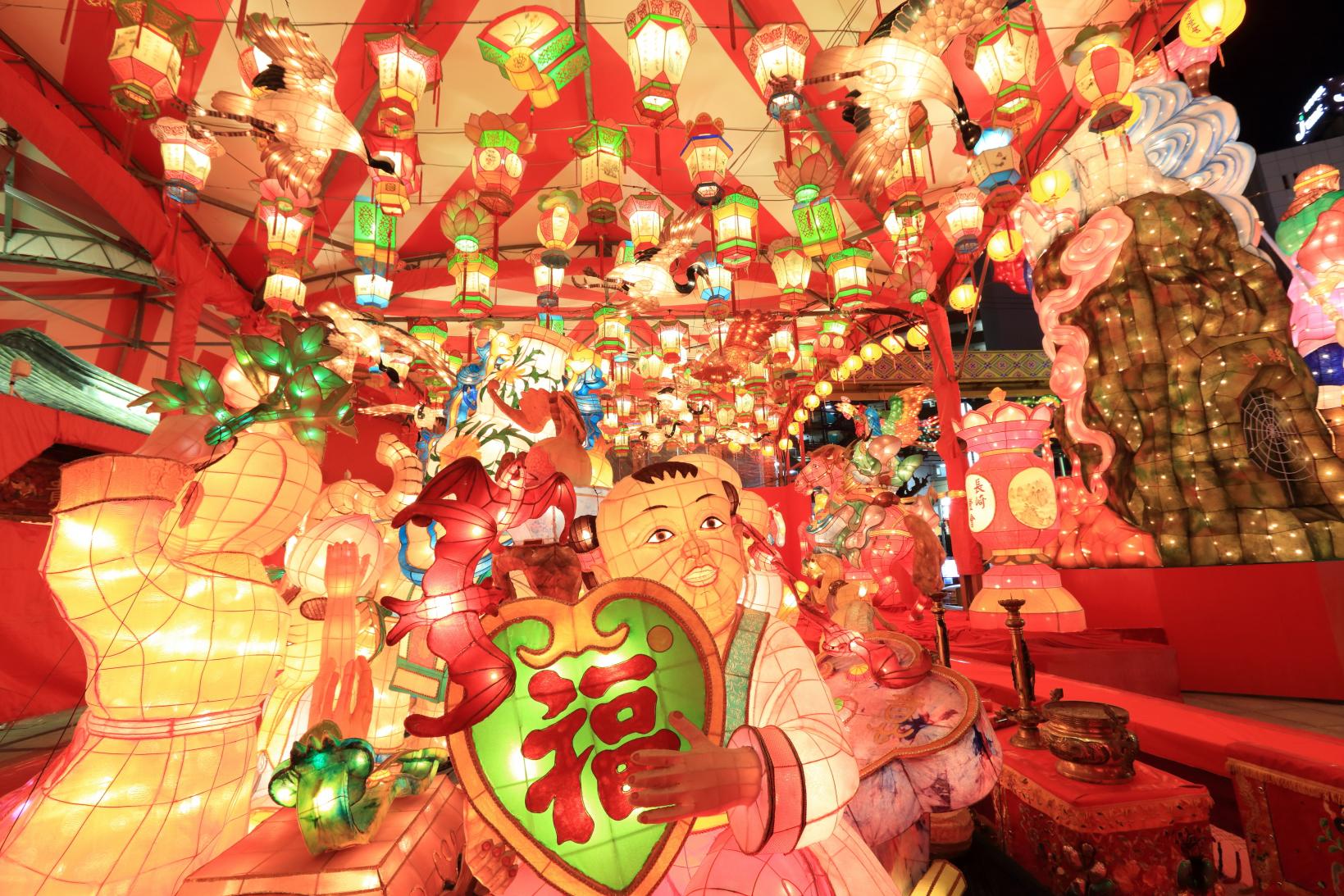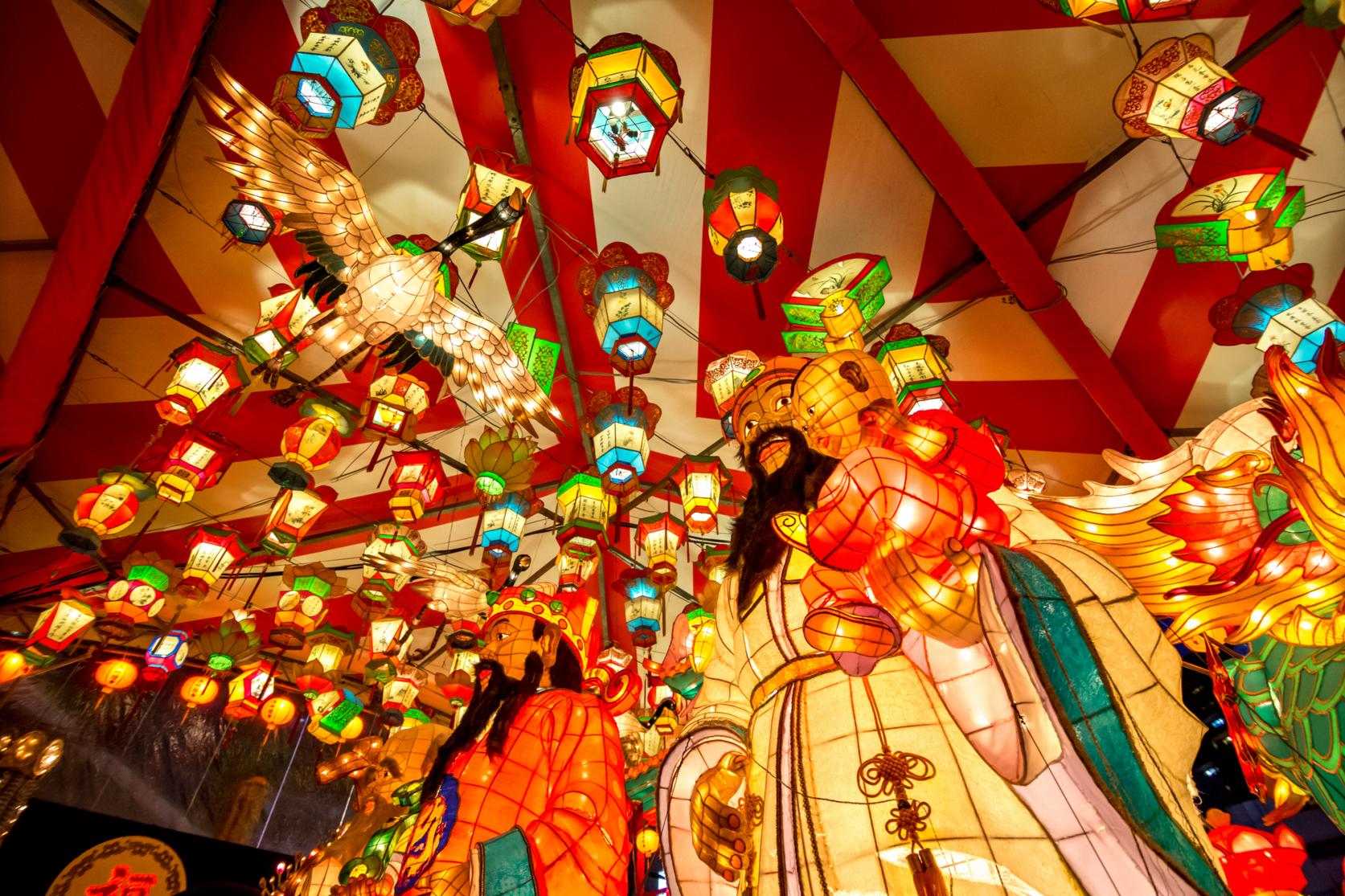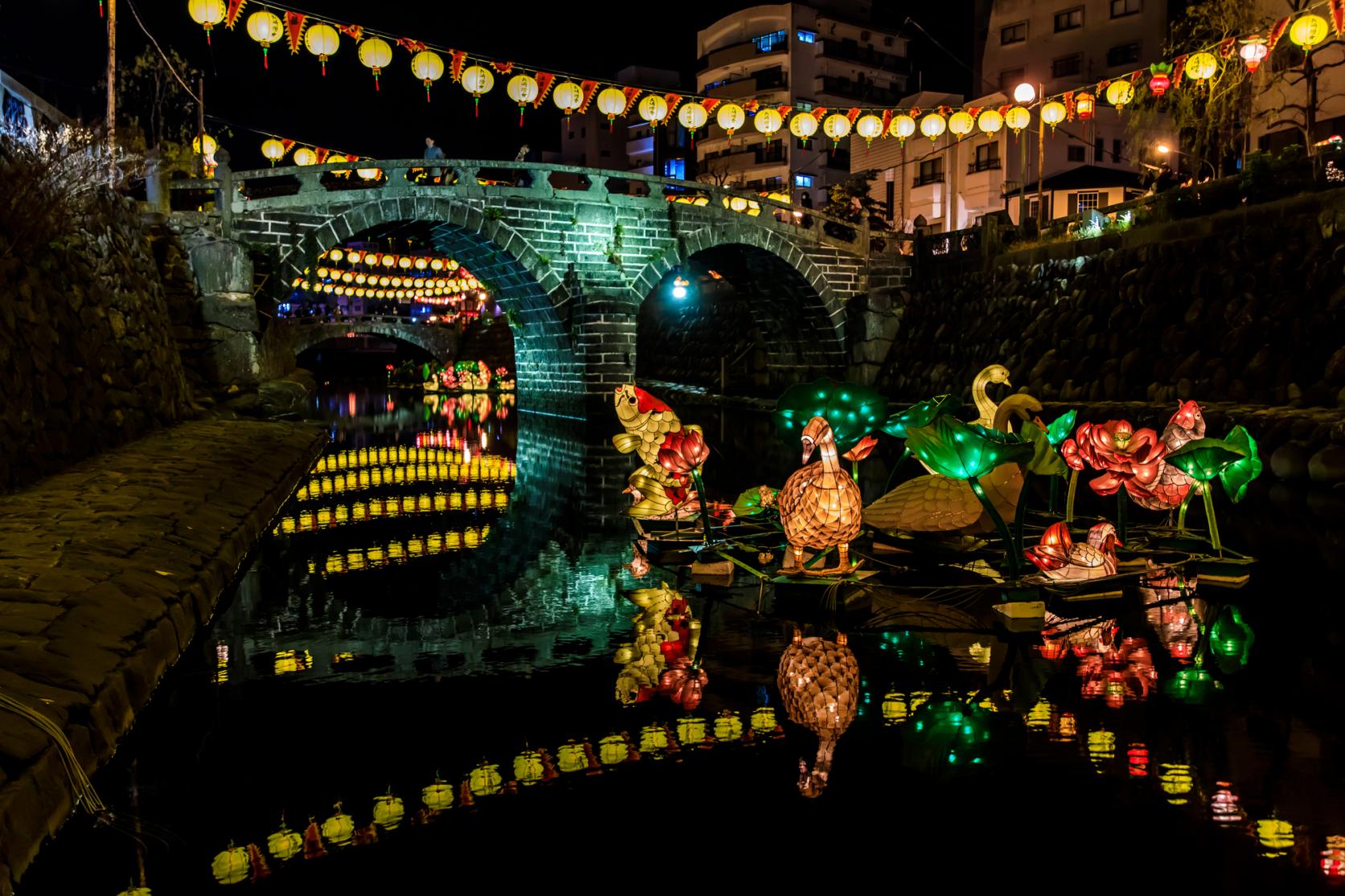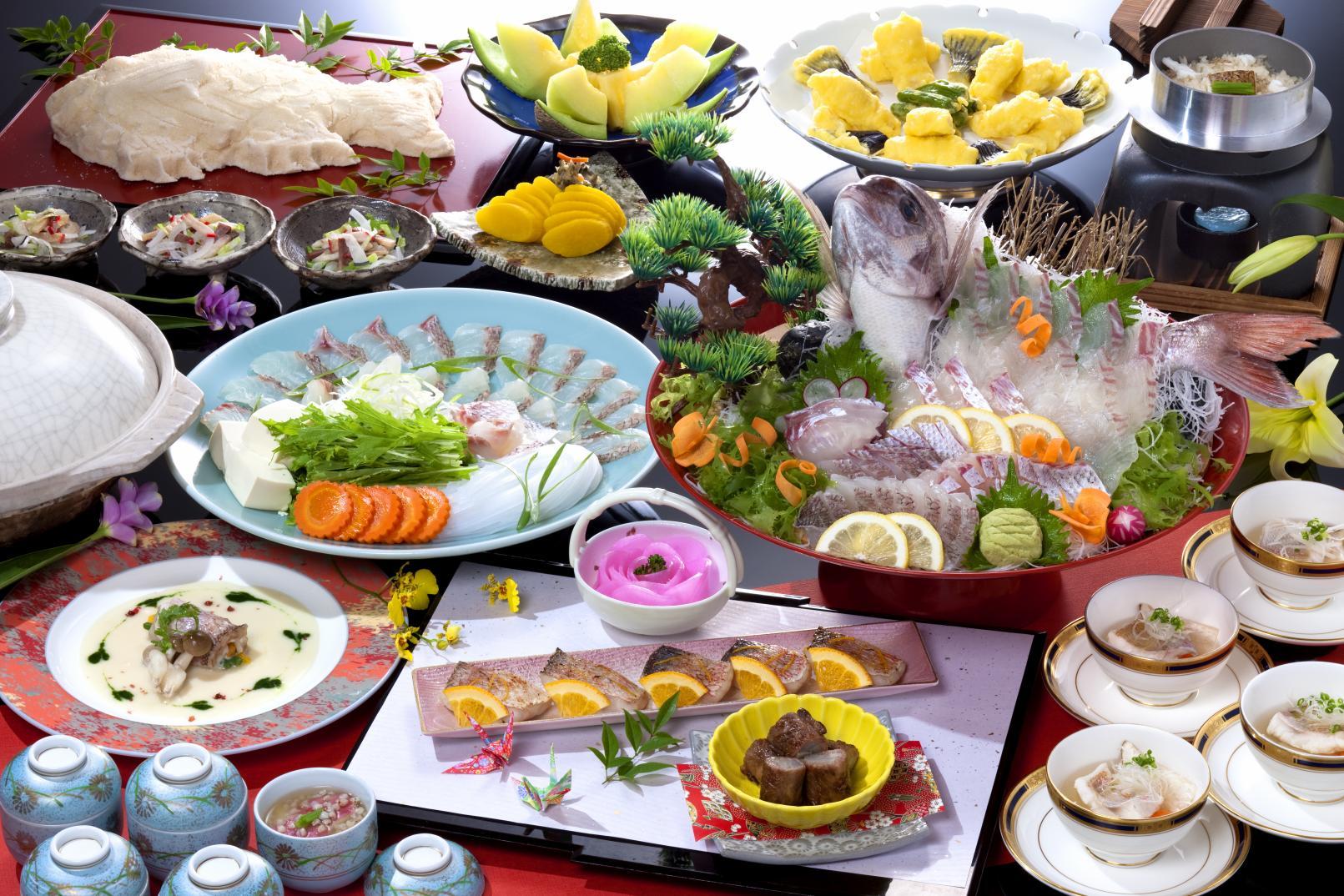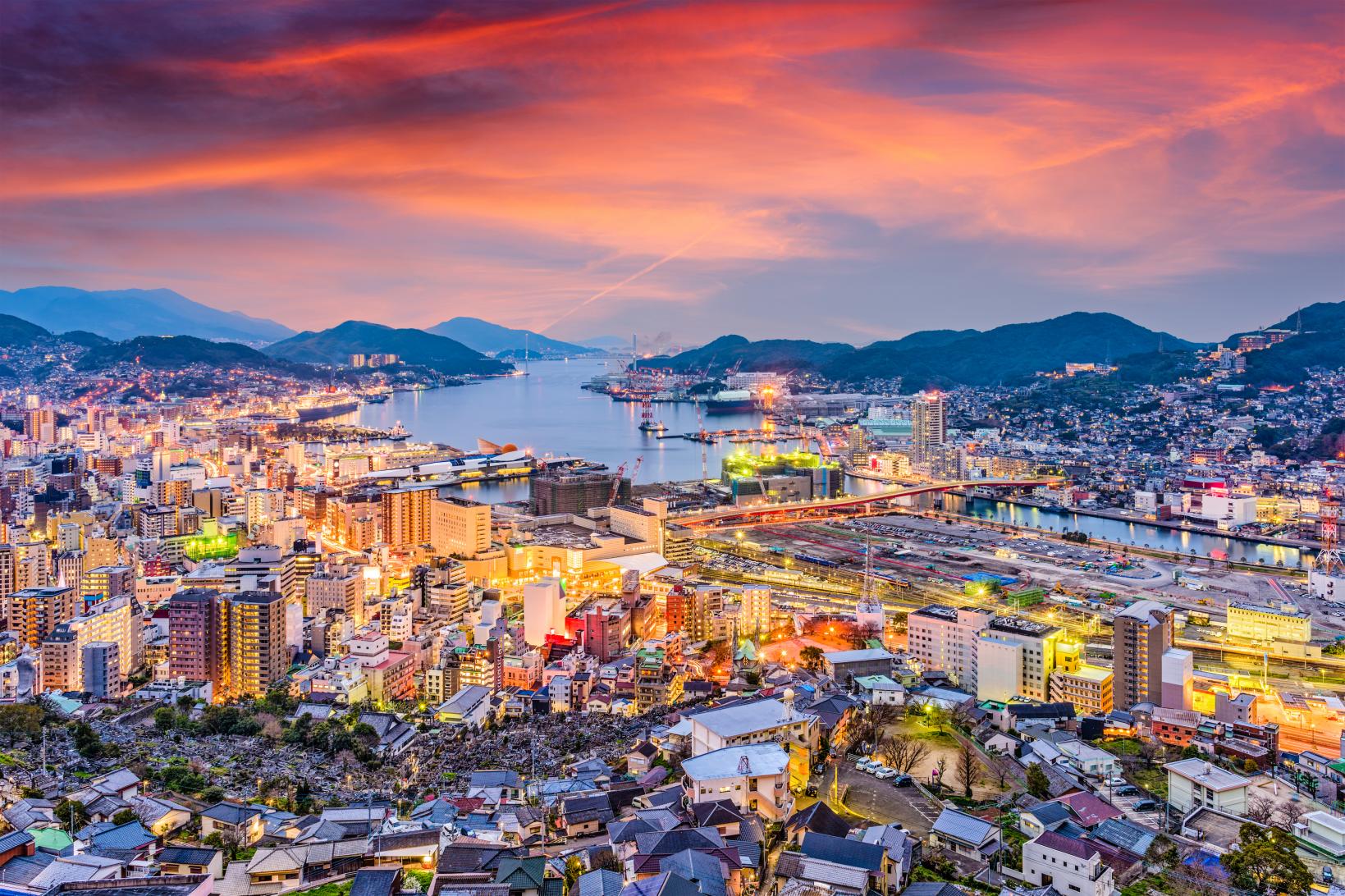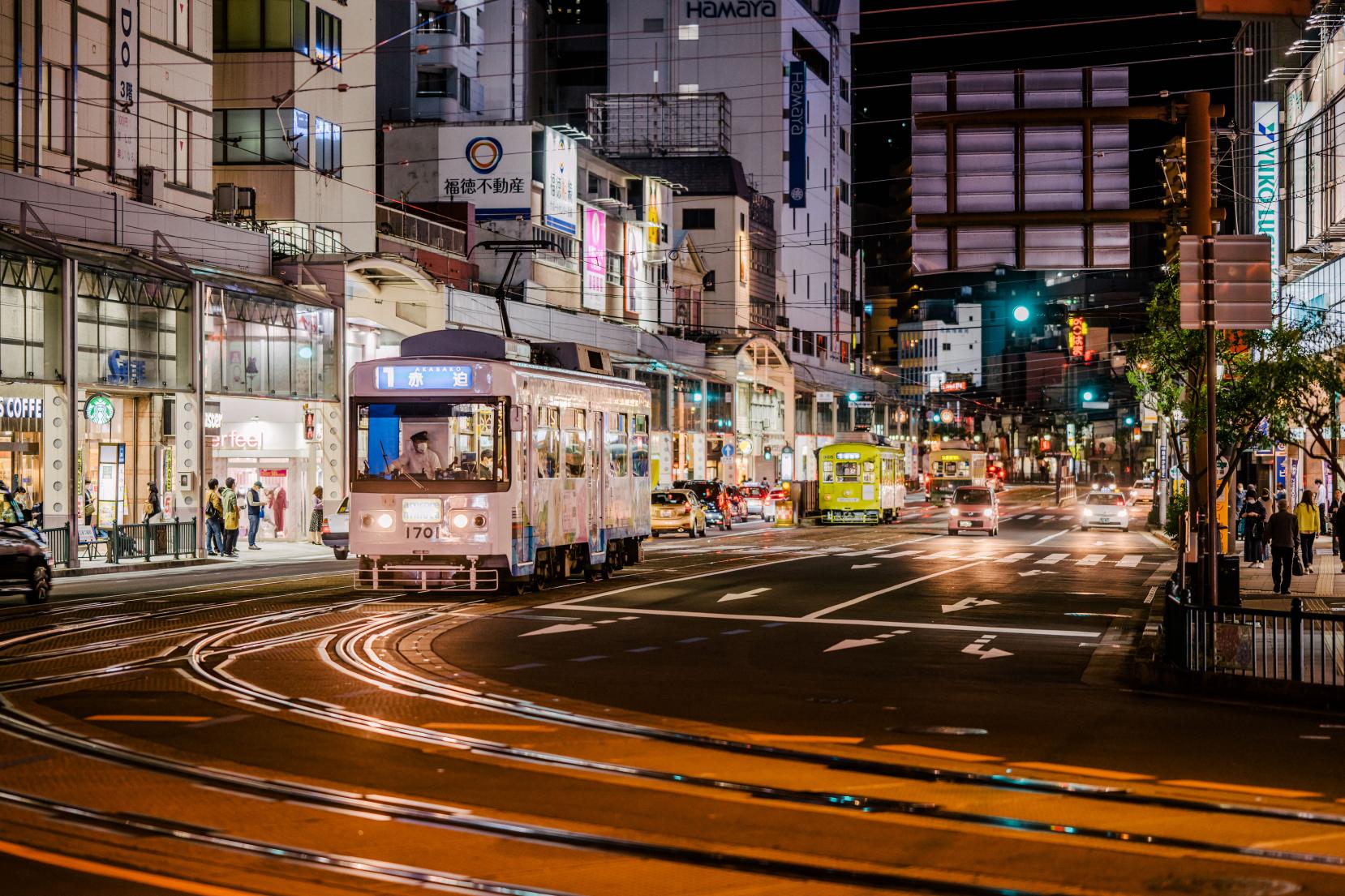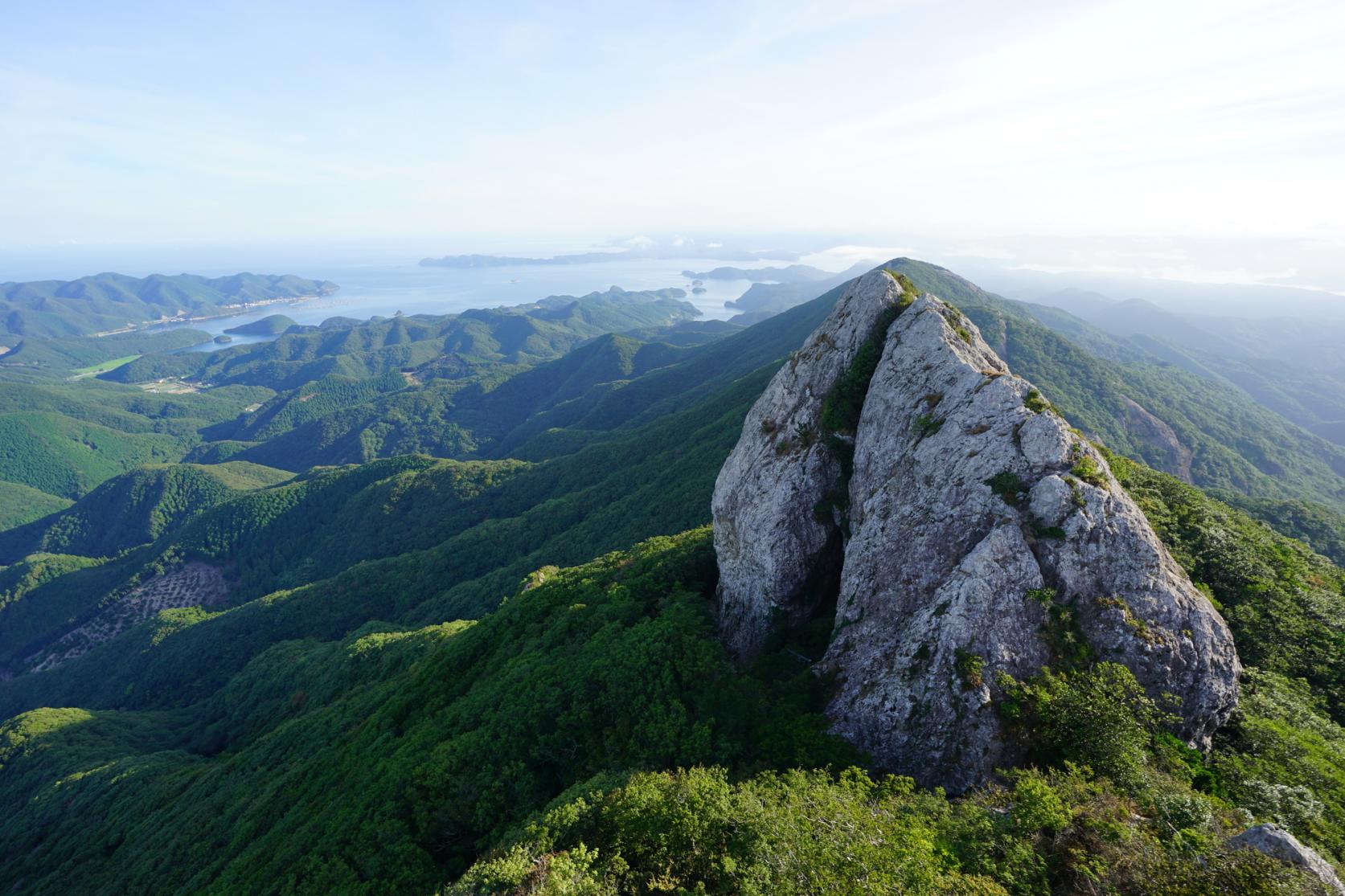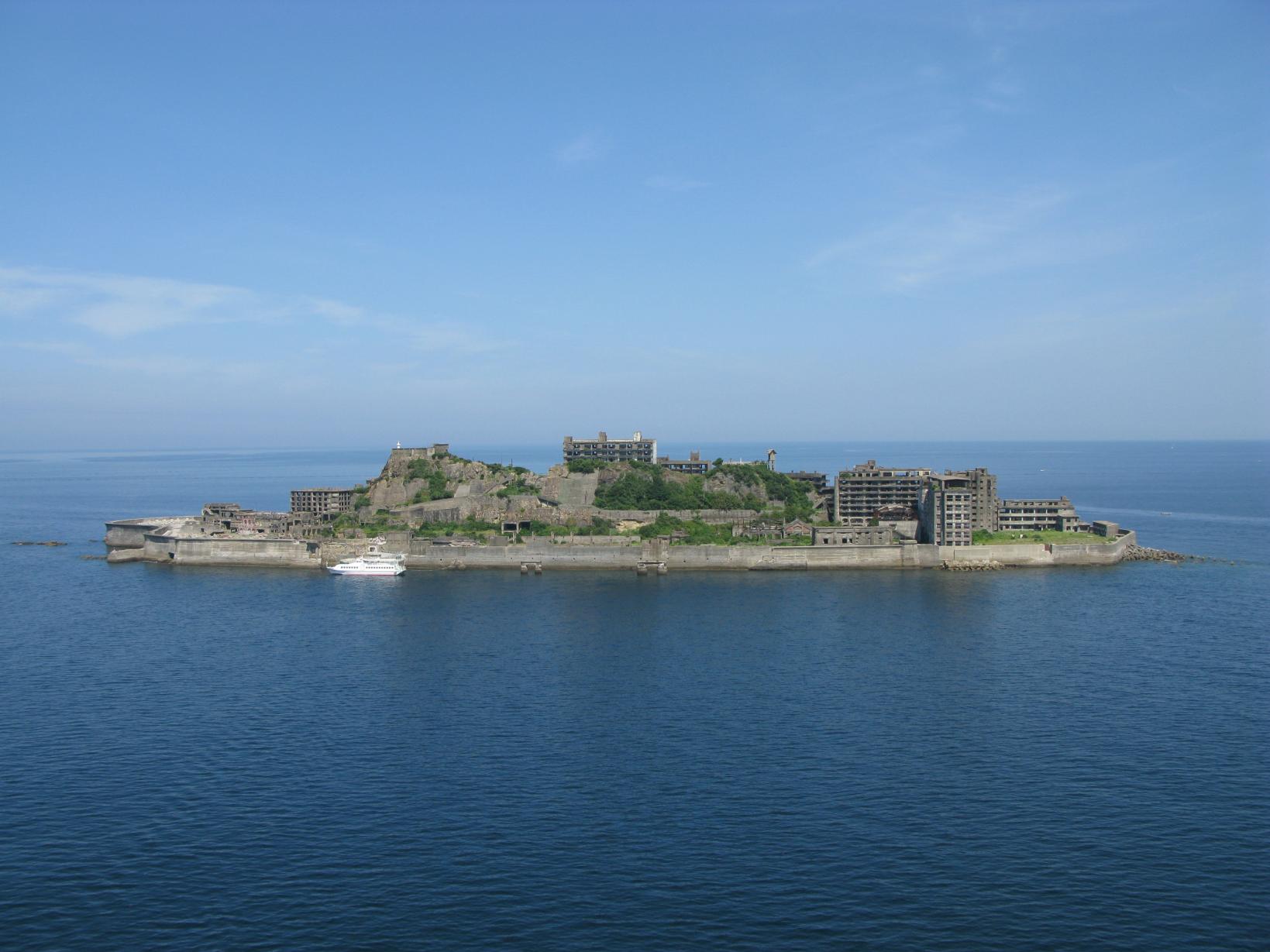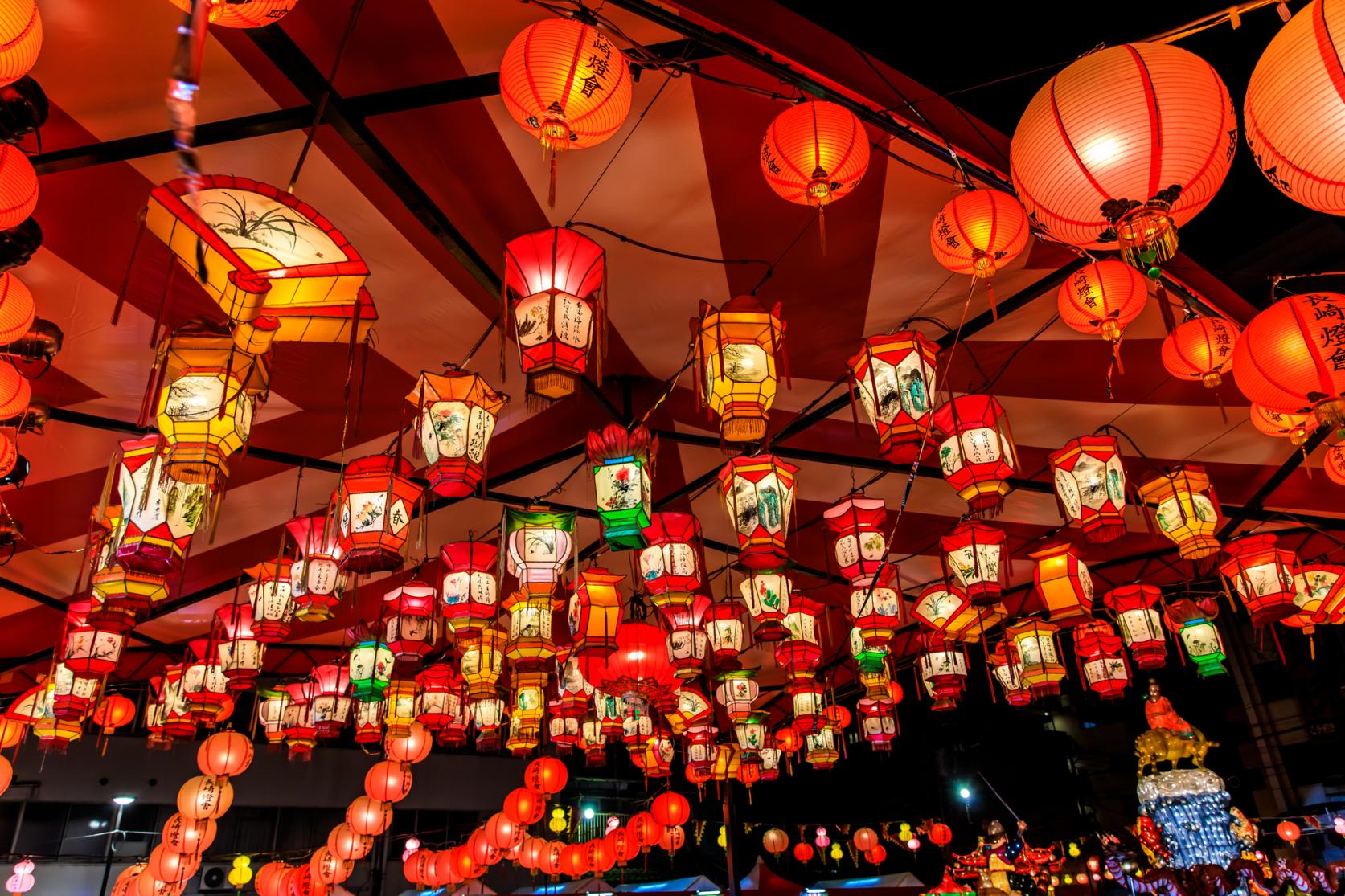
Experience Nagasaki's culture - 10 festivals in Nagasaki City that can be enjoyed all year round.
Nagasaki City is full of exotic atmosphere. This is also characterised by its festivals! From festivals where you can fully enjoy different cultures from around the world to events that carefully preserve Japanese traditions and customs, there is a wide variety of festivals that cannot be found in other regions. There is a festival for every season, making it possible to enjoy festivals all year round.
Why not visit Nagasaki and experience a festival worth seeing?
Overview
- Nagasaki Kite-flying Tournament (early April to early May)
- Nagasaki Tall Ships Festival (late April)
- Nagasaki Port Festival (last Saturday and Sunday in July)
- Nagasaki Peiron Championship (last Sunday in July)
- Nakajima River Summer Festival - Nagasaki Night Market (Saturdays and Sundays in early and late August)
- The Spirit Boat Procession / Shoronagashi (15 August)
- Nagasaki Kunchi / Okunchi (7-9 October)
- Takengei (14 and 15 October)
- Maruyama Hana Festival (second Saturday and Sunday of November)
- Nagasaki Lantern Festival (late Jan to late Feb)
Nagasaki Kite-flying Tournament (early April to early May)
Along with Nagasaki Kunchi and Shoronagashi, the Nagasaki Kite-flying Tournament is one of Nagasaki's three major events. It is held every year from early April to early May.
"Hata" means "kite".
It is said that Nagasaki's kites (hata) were introduced by Indonesians who came to Dejima as attendants of the Dutch, and that kite-flying competitions began around the 18th century.
A "hata" kite is diamond-shaped with two sticks combined in a cross shape to make up its frame. The basic colors are white, blue and red, the base colors of Japanese paper, and traditional, simple designs such as flags, family crests, birds and Dutch characters, are flown high in the sky.
Unlike kite-flying, which involves flying a kite high into the air, the hata-flying competition is a "hata battle" in which contestants cross their own hata with other hata to try to cut their opponents' strings! In this competition, the participants use a special string called a "bidoro-yoma" made of glass powder hardened with glue and coated onto a hemp string called a "yoma," to cut the string of the opponents' hata and make them fall. The competitors manipulate the flying hatas freely upward and downward by interpreting the winds, as they attempt to engage the opponents' hatas. It is a serious game of "cut or be cut!"
Nagasaki Tall Ships Festival (late April)
Nagasaki Tall Ships Festival started in 2000 to commemorate the 400th anniversary of Japan-Dutch relations. Every year in late April, a number of sailing ships from Japan and abroad gather in Nagasaki Port!
Sailing ships entering the port in a parade. The sight of the white sails on the masts flapping in the wind is spectacular! The power and beauty of their form attracts not only sailing ship fans, but also anyone who sees them.
During the festival, there are also many hands-on events such as the "Open House" where you can see inside ships that are normally inaccessible, and the "Experience Cruise," which takes you on a cruise around Nagasaki Port on a sailing ship. Visitors can fully enjoy the fun and attractions of a sailing ship!
Sailing ships are illuminated at night. The illuminated ships seem to float in the air, adding color to Nagasaki Port at night. Enjoy the fantastic sight of the ships that differs from how they look in the daytime.
Nagasaki Port Festival (last Saturday and Sunday in July)
The Nagasaki Port Festival is held on the last Saturday and Sunday of July every year. It is one of Nagasaki's most popular summer festivals, held with the aim of bringing citizens and visitors to the port and reminding them of how wonderful Nagasaki's sea and port are through the festival.
The Nagasaki Port and Nagasaki Seaside Park, the venues of the festival, are lined with many stalls offering a wide variety of delicious gourmet foods. On the stage, dance and song performances take place, creating a lot of excitement at the venue!
The climax of the festival is a spectacular fireworks display, with a total of 16,000 fireworks set off over the two days, colorfully illuminating the Nagasaki night sky! The festival is sure to be an exciting event that includes the Music Fireworks Display, where you can experience the harmony of music and light, and Nagasaki's largest fireworks display, "Fireworks No. 15."
The fireworks are beautiful from the venues, but you can also enjoy both the beautiful night view and the fireworks from Mt. Inasa or Glover Garden. We also recommend watching the fireworks from a short distance away.
The Nagasaki Peiron Championship is also held during the daytime on the Sunday when the Nagasaki Port Festival is held. Enjoy the summer in Nagasaki to the fullest with the spirited call of "Yoisa!"
Nagasaki Peiron Championship (last Sunday in July)
The Nagasaki Peiron Championship is held at Nagasaki Port. It is held on the last Sunday of July every year and is a summer tradition in Nagasaki.
The term "Peiron" is derived from the Chinese word for white dragon ("bai long"), which refers to a long, narrow boat. It is said to have originated when Chinese residents in Nagasaki borrowed barges and rowed them in Nagasaki Port to appease the anger of the sea gods when a Chinese ship anchored in Nagasaki Port was severely damaged by a storm. Since then, the event has continued for more than 360 years and is a time-honored tradition.
The Peiron is approximately 14 m long and is rowed by a total of 30 people, including 26 rowers (including the taiko drummer, gong beater, helmsman, steersperson, bailer, etc.), board the long, narrow, bow-shaped boat and row a distance of 1,150 m round trip.
The boats move powerfully forward, rowing their oars to the sound of lively drums and gongs and the shouts of "yoisa!" The power, the splashing water, and the tension of the race, combined with the loud cheering of the cheering crowd, create an atmosphere of excitement at the venue!
On the day of the event, free trial Peiron are also available. The Nagasaki Port Festival is also be held on the same day.
Please come and enjoy the hot summer of Nagasaki at the venue!
Nakajima River Summer Festival - Nagasaki Night Market (Saturdays and Sundays in early and late August)
The Nagasaki Night Market is held on Saturdays and Sundays in early and late August every year.
This event is held on both banks of the Nakajima River, which flows through Nagasaki City, and is held in the tradition of the "River Festival," in which Nagasaki townspeople express their gratitude for the Nakajima River, an important logistics hub since the Edo period.
The night market has a very rich atmosphere. The illuminated Megane-bashi Bridge and approximately 200 lanterns adorn the Nakajima River, and the retro atmosphere creates a festive air.
Enjoy Nagasaki's gourmet food at the various stalls lining both banks of the river, live music and dance performances around the Megane-bashi Bridge, stroll along the river, and enjoy Nagasaki's sunset in all its glory!
The Spirit Boat Procession / Shoronagashi (15 August)
The Spirit Boat Procession (Shoronagashi) is held every year on 15 August.
This is a traditional Nagasaki event in which family members of the deceased who have marked their first Bon Festival parade through the streets in elaborate hand-built boats that are adorned in ways to honor the souls of the departed, with the hope that they will safely reach paradise.
The boats, called "Shorobune," are mainly made of bamboo, planks, and straw and decorated with Bon lanterns and flower decorations. The long, trumpet-shaped bow of the boat is marked with the family crest, family name or town name. The boats vary in size from a few dozen centimeters to those so large that they resemble festival floats.
One would expect the Bon Festival to have a more subdued atmosphere, but the Nagasaki Spirit Boat Procession is a flamboyant and spectacular event!
At dusk, the sound of bells ringing and shouts of "doi doi" can be heard from many places. This is followed by the roar of a huge number of firecrackers and the light of fireworks! The town is enveloped in the smoke and smell of gunpowder as the procession continues late into the night, setting off firecrackers all the way to the "Nagashiba," the arrival point for the spirit boats.
Be sure to visit this Nagasaki-style Obon event.
Nagasaki Kunchi / Okunchi (7-9 October)
Nagasaki Kunchi, the annual autumn festival of Nagasaki's Suwa Shrine, is held over three days from 7 to 9 October.
The festival is said to have started in the Edo period when two prostitutes dedicated a Noh song called "Komai" to the god of Suwa Shrine, and has continued for more than 380 years as a traditional Nagasaki festival.
The festival has retained the strong influence of Chinese and European culture while mixed with elements of Japanese culture, creating a unique atmosphere that gives one a taste of Nagasaki's "Wakaran" culture (mixture of Japanese, Chinese, and Dutch cultures). This is reflected in dynamic and gallant performances such as the "Jya-odori" in which dragons dance as if they are flying, the "Kokkodesho" in which floats are carried to the beat of drums, as well as the charming Japanese dance "Hon-odori" with its elegant beauty, and the humorous "Oranda Manzai."
When the call of "motte koi" (meaning "encore") echoes through a splendid performance, the enthusiasm of the audience is at its highest!
There are four dance halls: Suwa Shrine, Otabisho, Yasaka Shrine and Chuo Park (Central Park). In addition, performances are presented in front of companies, government offices and homes in the city in order to "share the good fortune" and "celebrate". This is a chance to see your favorite performance up close!
Enjoy the exotic and gorgeous Nagasaki Kunchi to the fullest.
Takengei (14 and 15 October)
The traditional performance of Takengei is dedicated at the Wakamiya Inari Shrine's Autumn Festival. It is held annually on 14 and 15 October.
Takengei is a dynamic acrobatic performance held within the shrine grounds, with two youths dressed in white and wearing fox masks performing an acrobatic act on a stage made of two bamboo poles, each approximately 10 m high.
The performance is an expression of the white fox, the messenger of the shrine, playing and frolicking in the bamboo grove in joy at the divine virtues of the Wakamiya Shrine. The bamboos used as the stage for the acrobatic performance are simply one "climbing bamboo pole" with 15 footholds called "kase" attached to them, and one "swinging bamboo pole" with four "kase" attached to a stand. The aerial acrobatics are performed to the accompaniment of flutes, drums (shime-daiko) and shamisen music and shouts, and include doing back hip circles and suspending themselves from the poles. The spectators grip their sweaty palms with excitement as the performers let go and do handstands one after the other, gasp at the large, flexing bamboos, and cheer loudly when the performance is successful.
There are daytime and nighttime performances, each with its own unique charm. The otherworldly acrobatics by the white foxes who dance dynamically under the blue sky and charm bewitchingly under the night sky, are a must-see.
Maruyama Hana Festival (second Saturday and Sunday of November)
The Maruyama Hana Festival is a festival of the Umezono Migawari Tenmangu Shrine, which began in 2001. It is held every year on the second Saturday and Sunday of November.
The festival is held in Maruyama, which once flourished as a "hanamachi" (entertainment district) where prostitutes and geisha used to gather, and the women who carry on the "hanamachi" culture play a leading role in it.
The highlight of the festival is the Oiran Dochu, a spectacular procession reminiscent of the "hanamachi" period. Beautifully dressed oiran (courtesans) parade through Maruyama-machi. The sight of the oiran walking in a figure-eight motion on their black geta clogs is a sight to behold, and it is as if you have stepped back in time.
The Nagasaki Kemban geiko perform a splendid dedication dance, which enchants the audience. The Onna-mikoshi (portable shrine), which is carried by women only, is a captivating yet gallant sight that adds to the excitement of the festival.
Please visit the festival and have a look.
Note:
Please behave with good manners when taking photographs and do not cause inconvenience to others.
If you do not follow the instructions of the staff, the oiran procession and all other events may be cancelled at that time.
Please refrain from taking photographs at close range.
Nagasaki Lantern Festival (late Jan to late Feb)
The Nagasaki Lantern Festival is a festival in which the streets of Nagasaki are filled with lanterns. Originating from the Chinese New Year's celebration, the Nagasaki Lantern Festival is a major winter event in Nagasaki, held every year for about two weeks from late January to late February to coincide with the Chinese New Year.
Seven venues including the main venue in Nagasaki Shinchi Chinatown (Minato Park), Central Park and Hamanmachi, as well as the city center, are decorated with approximately 15,000 Chinese lanterns, making Nagasaki's nights glow in colorful splendor.
Various events are held during the festival. One of the highlights is the lighting ceremony when all 15,000 lanterns are lit simultaneously! The spectacle of the city being instantly lit up with colors of the most exquisite colors is greeted with cheers from the crowd, and the glittering festivities begin!
The festival is filled with many colorful Chinese events at each of the venues. The Emperor's Parade, in which the emperor and empress parade with the people, is a spectacular sight, and their colorful Chinese costumes are a must-see. Don't miss the dragon dance, Chinese acrobatics, Chinese lion dances and other rare opportunities to experience Chinese history and traditional culture!
There are also many spots where you will want to take photos, such as the lantern tunnels and lantern objects placed around the city! The contrast between the retro stone bridge and the flickering lantern lights on the water around the Megane-bashi Bridge is truly photogenic.
Enjoy the glamorous and fantastic lantern lights and the winter of Nagasaki to your heart's content.
NEXT



